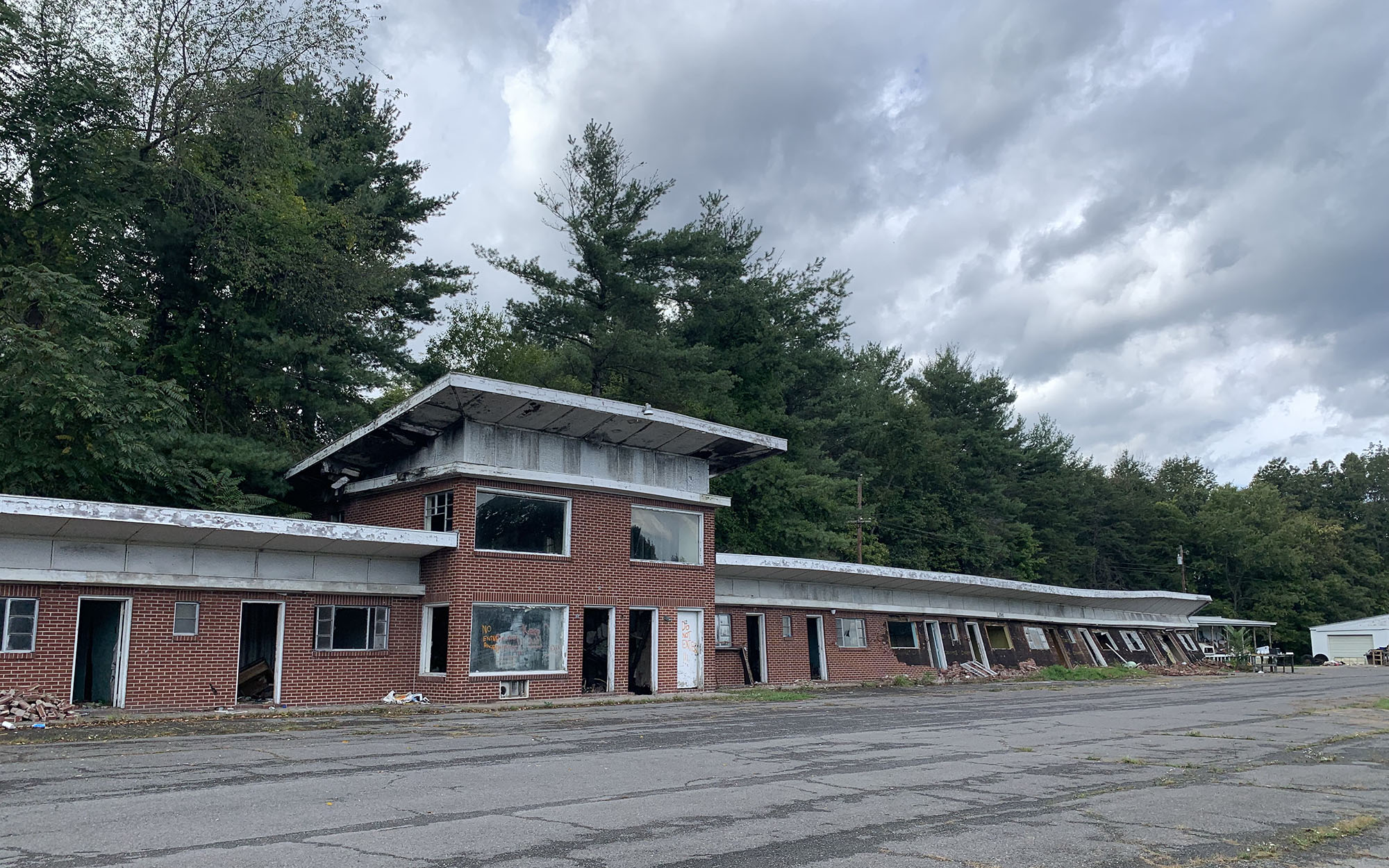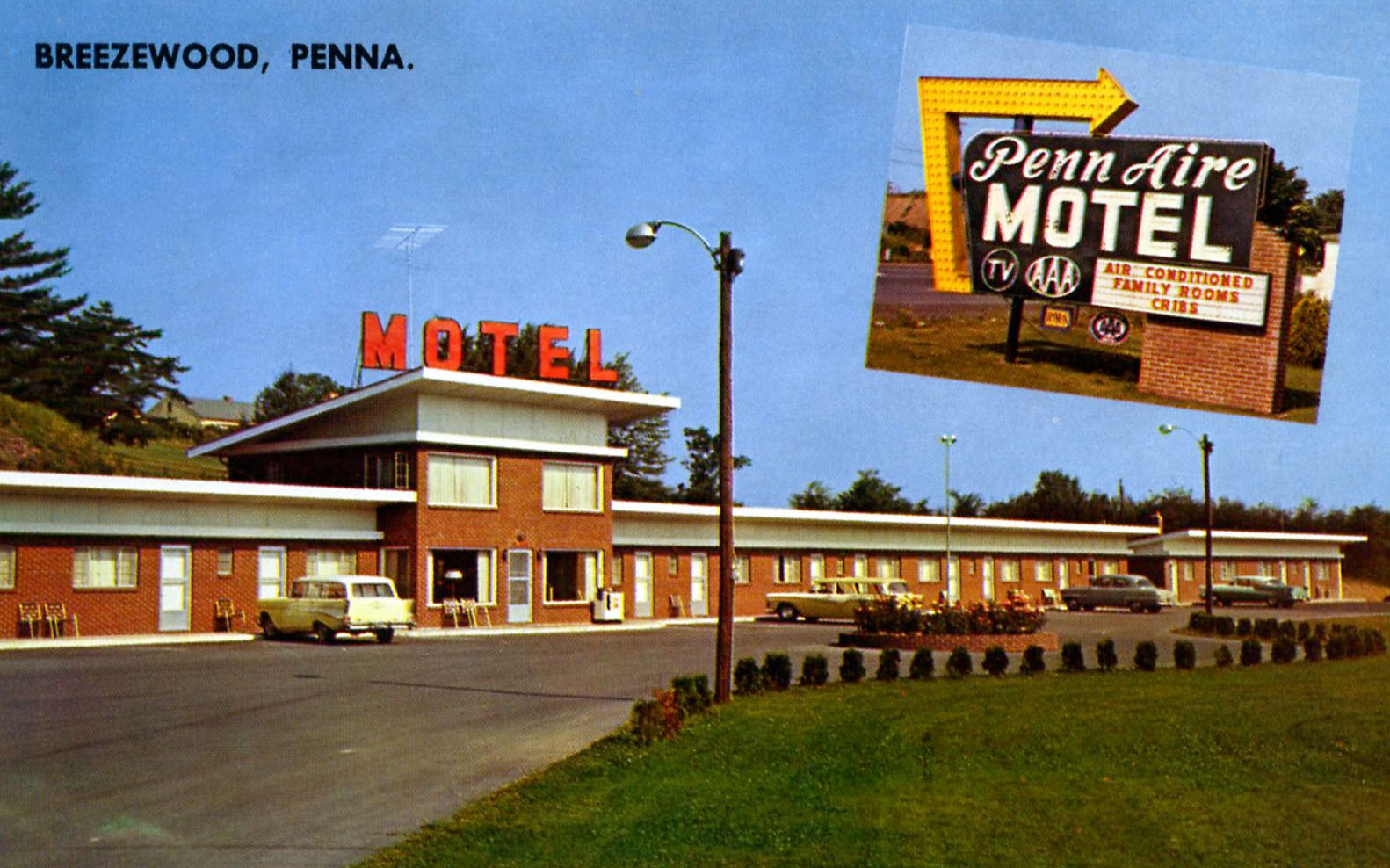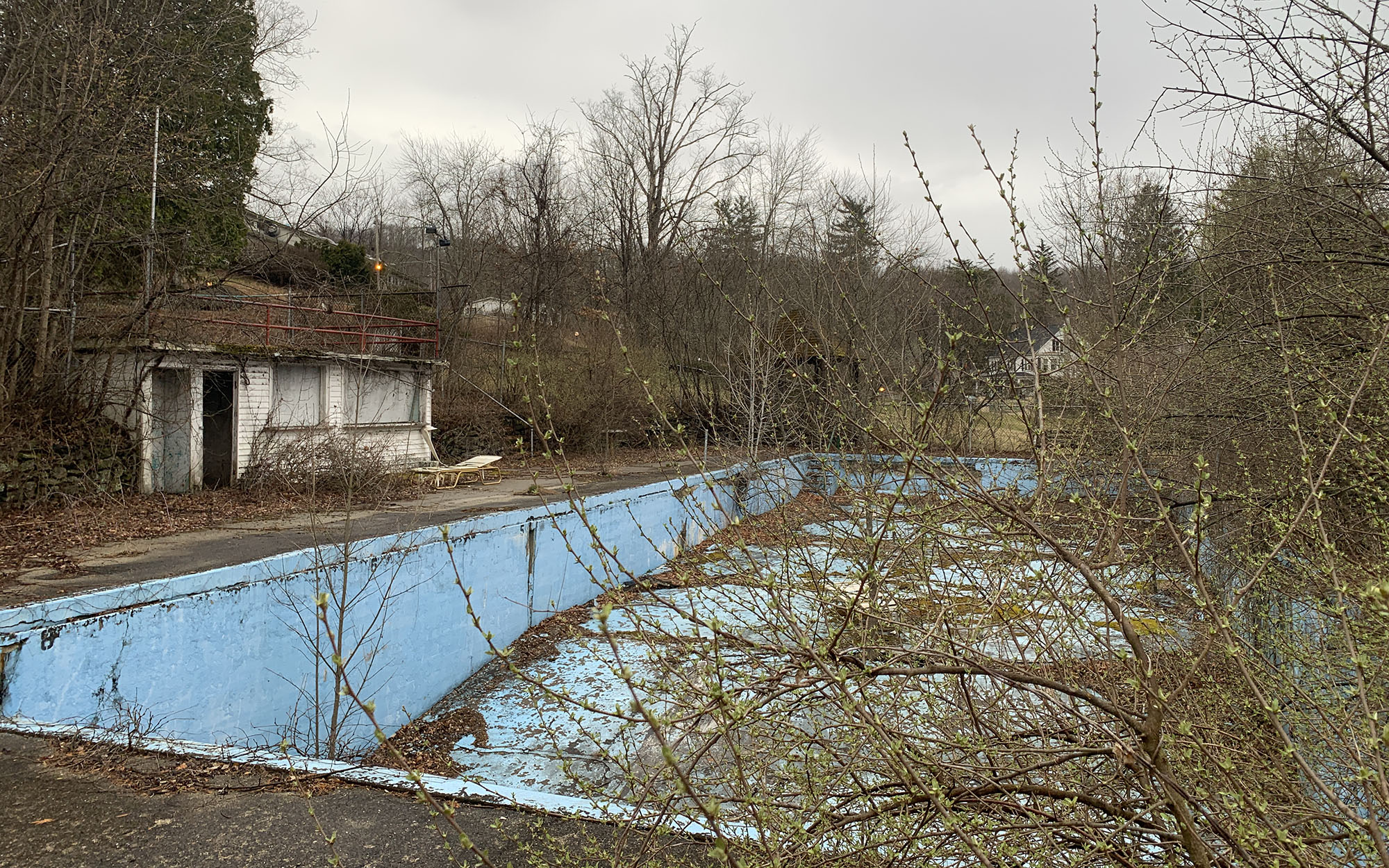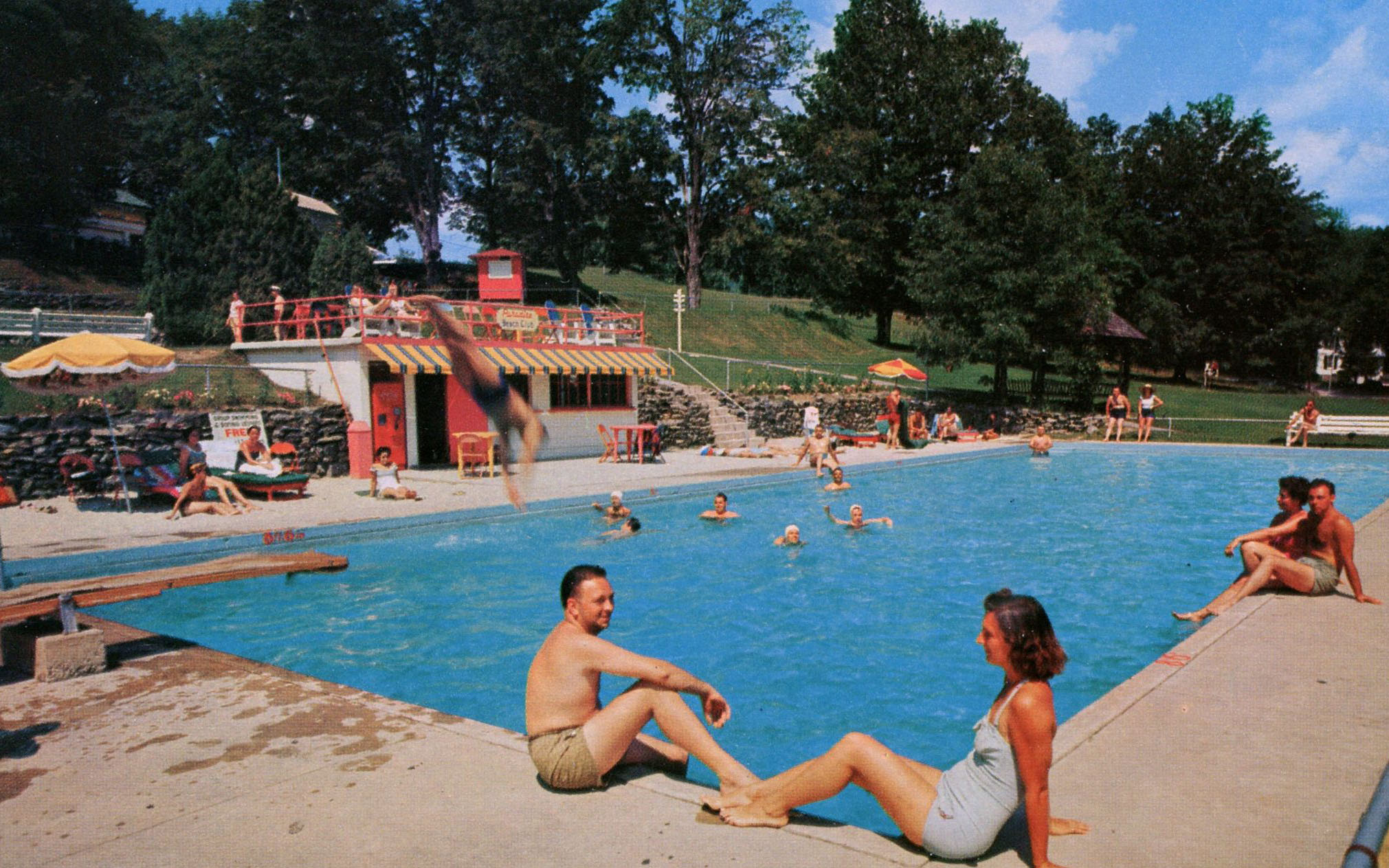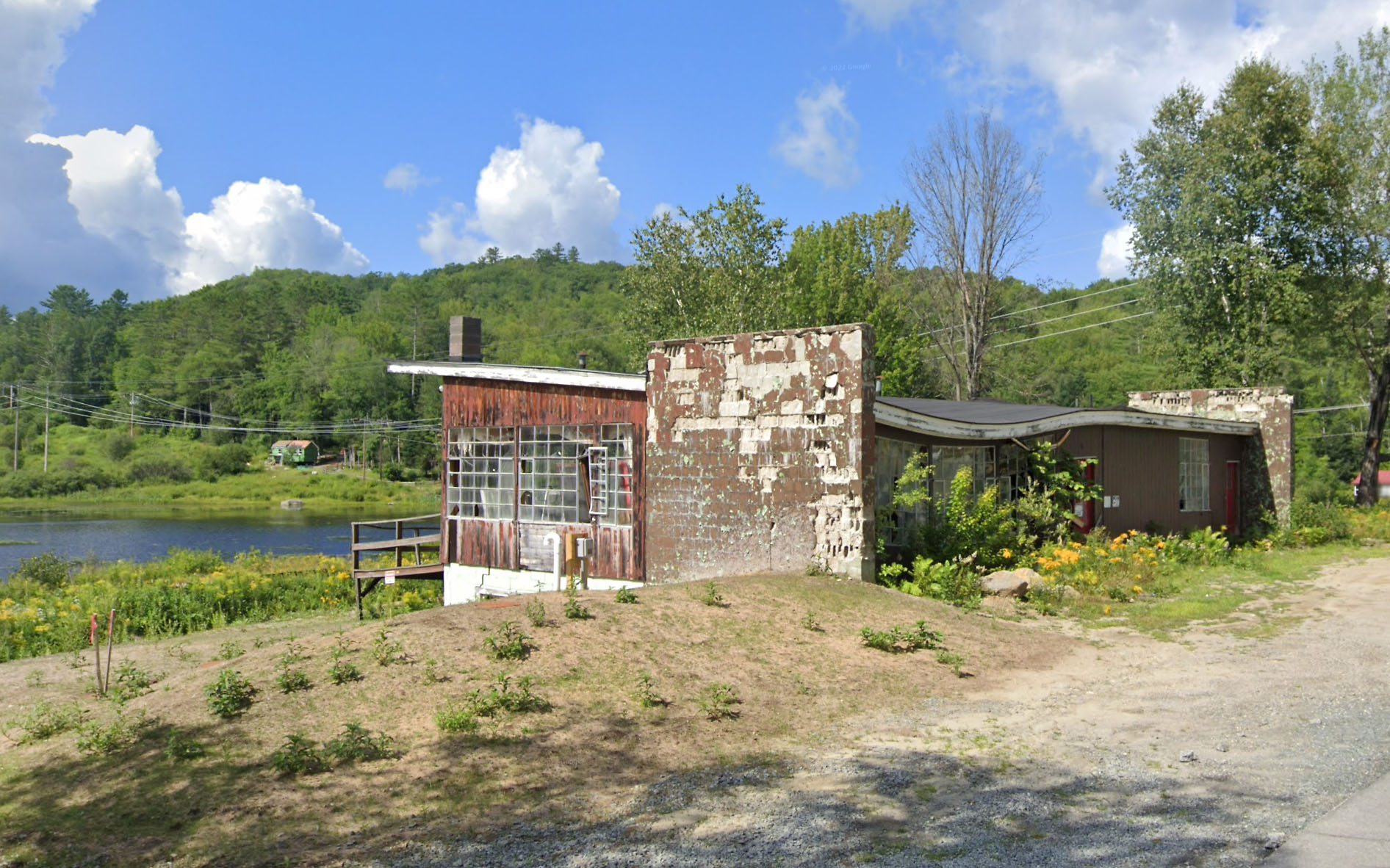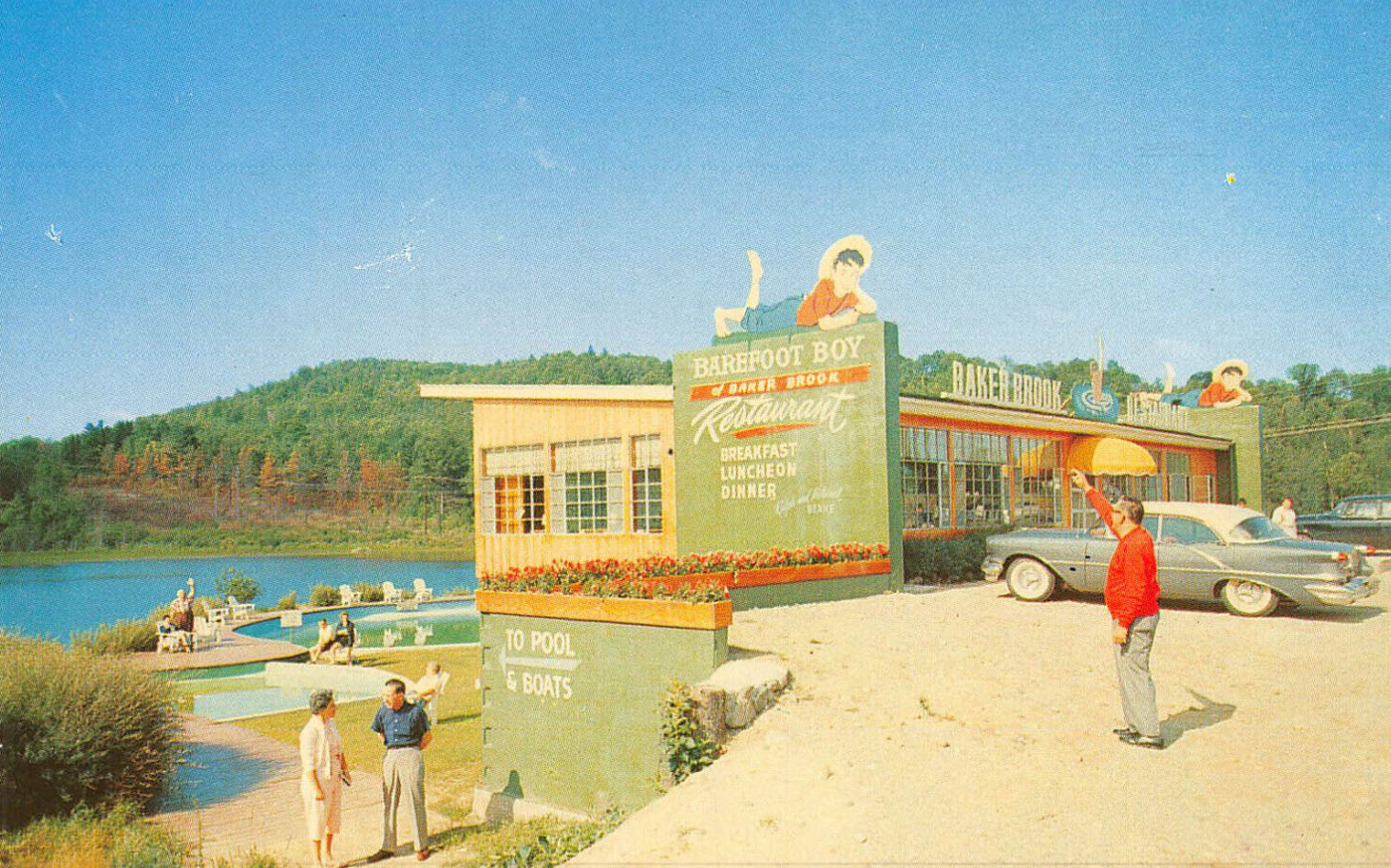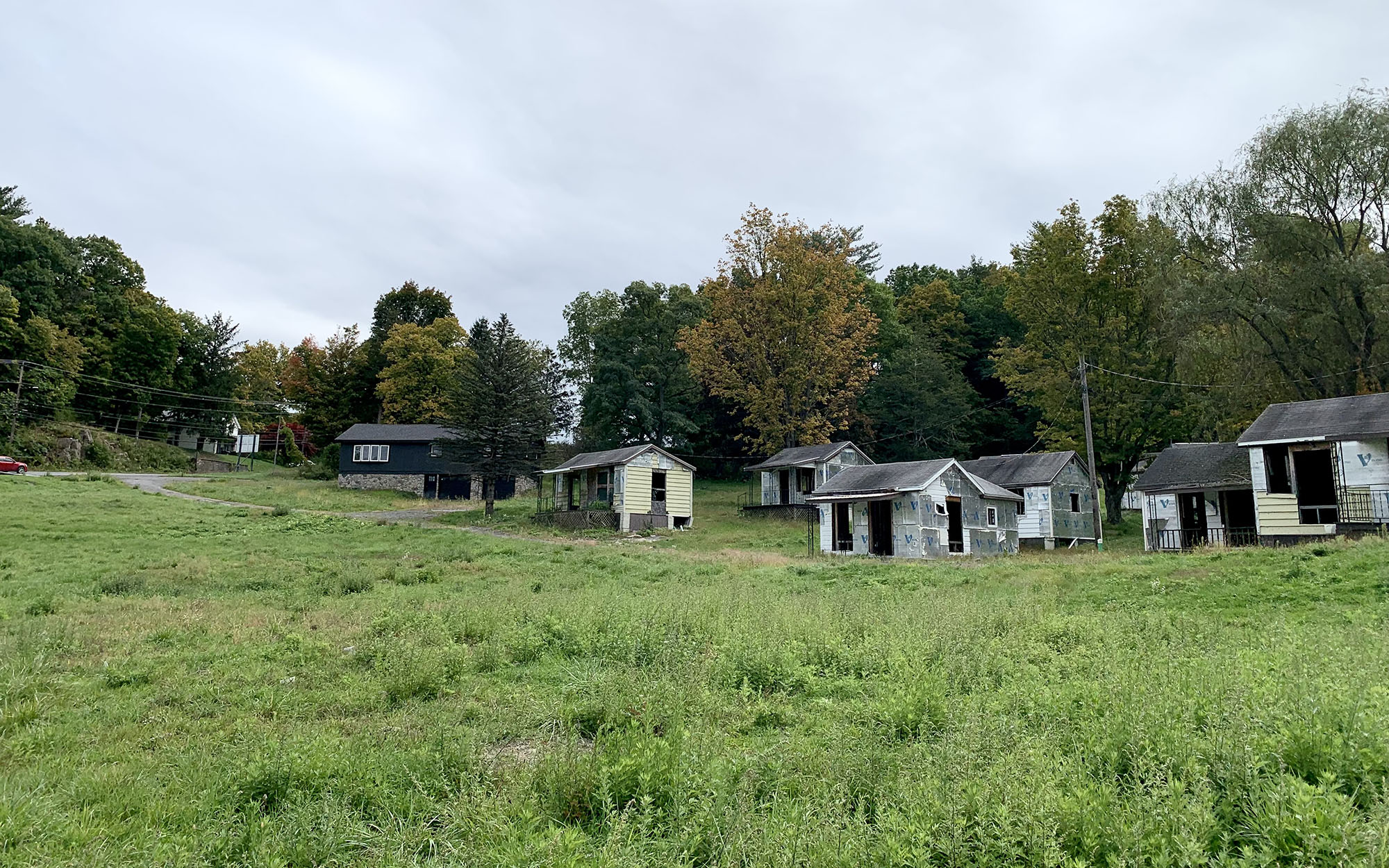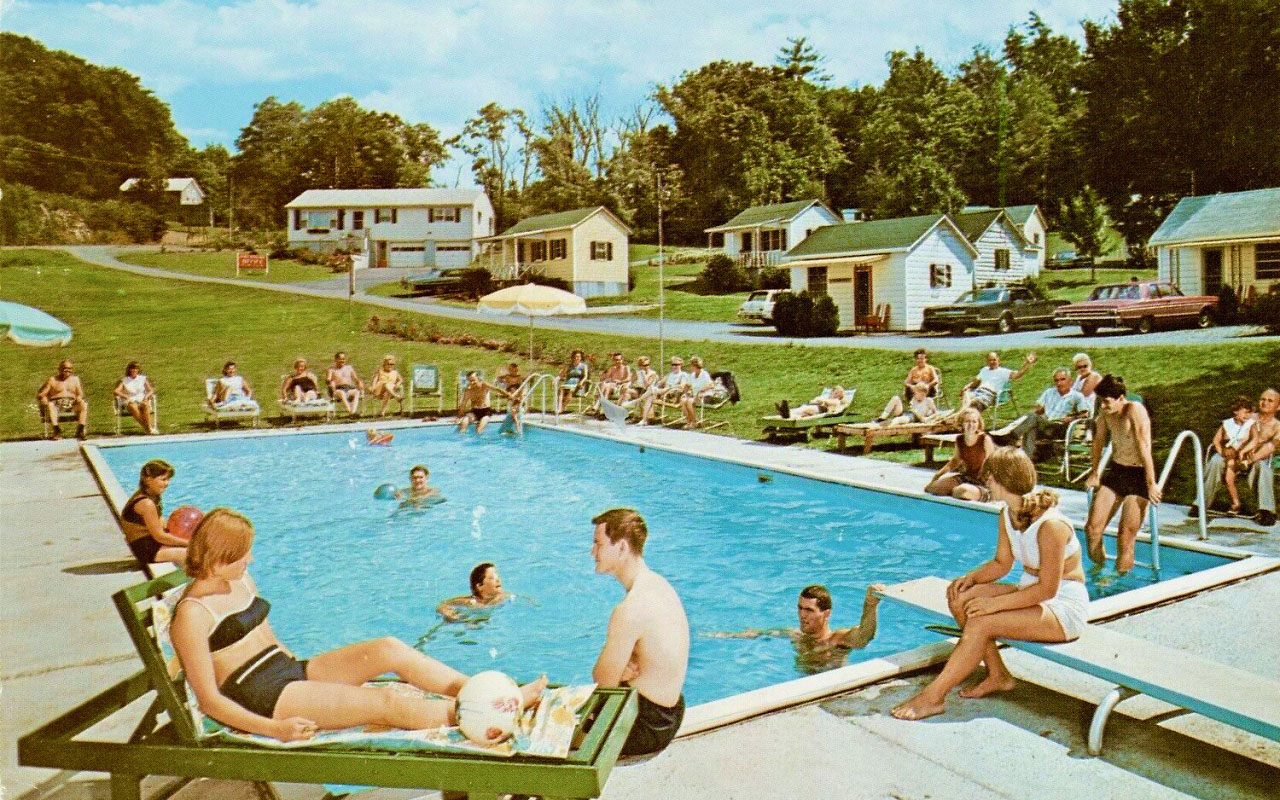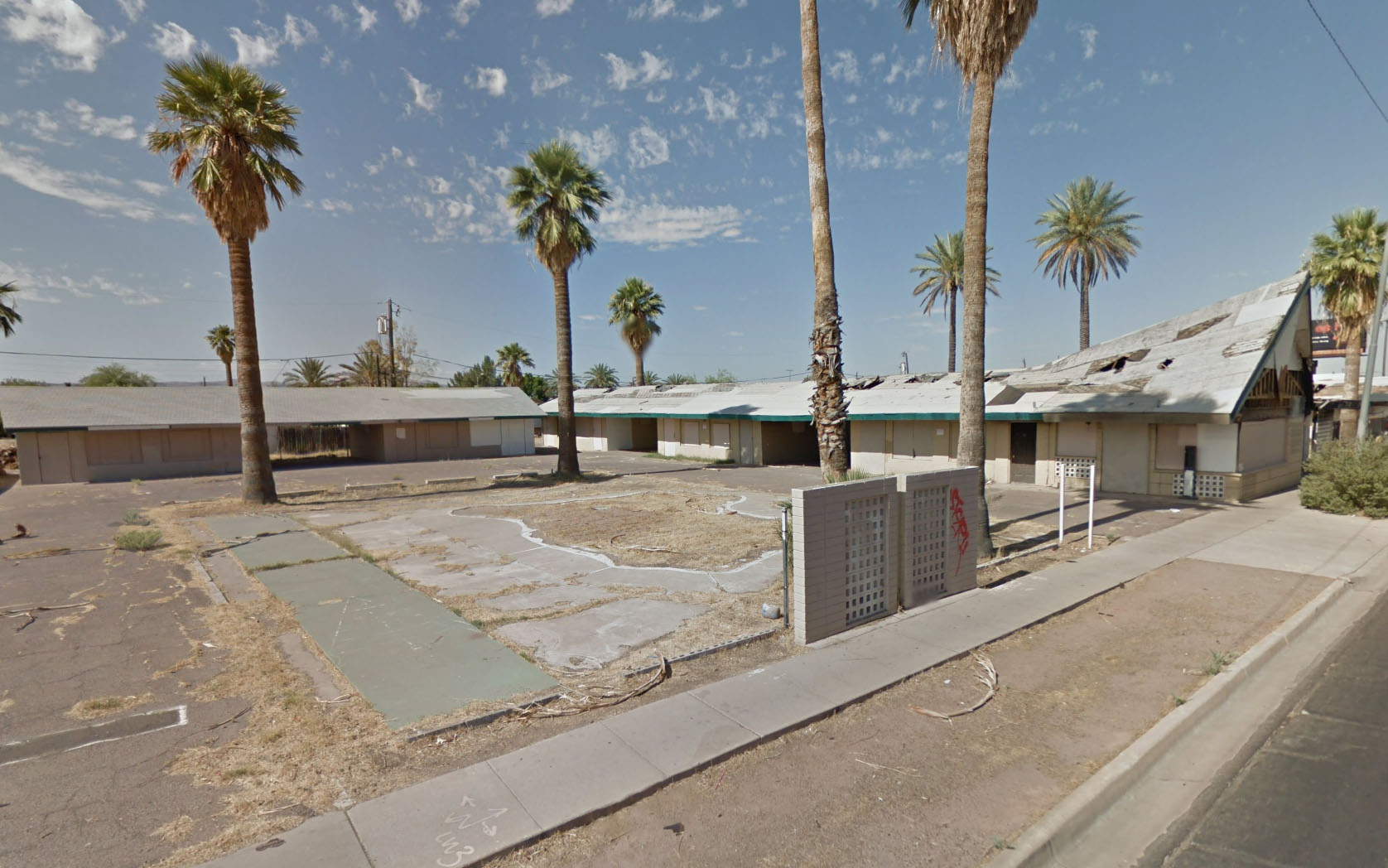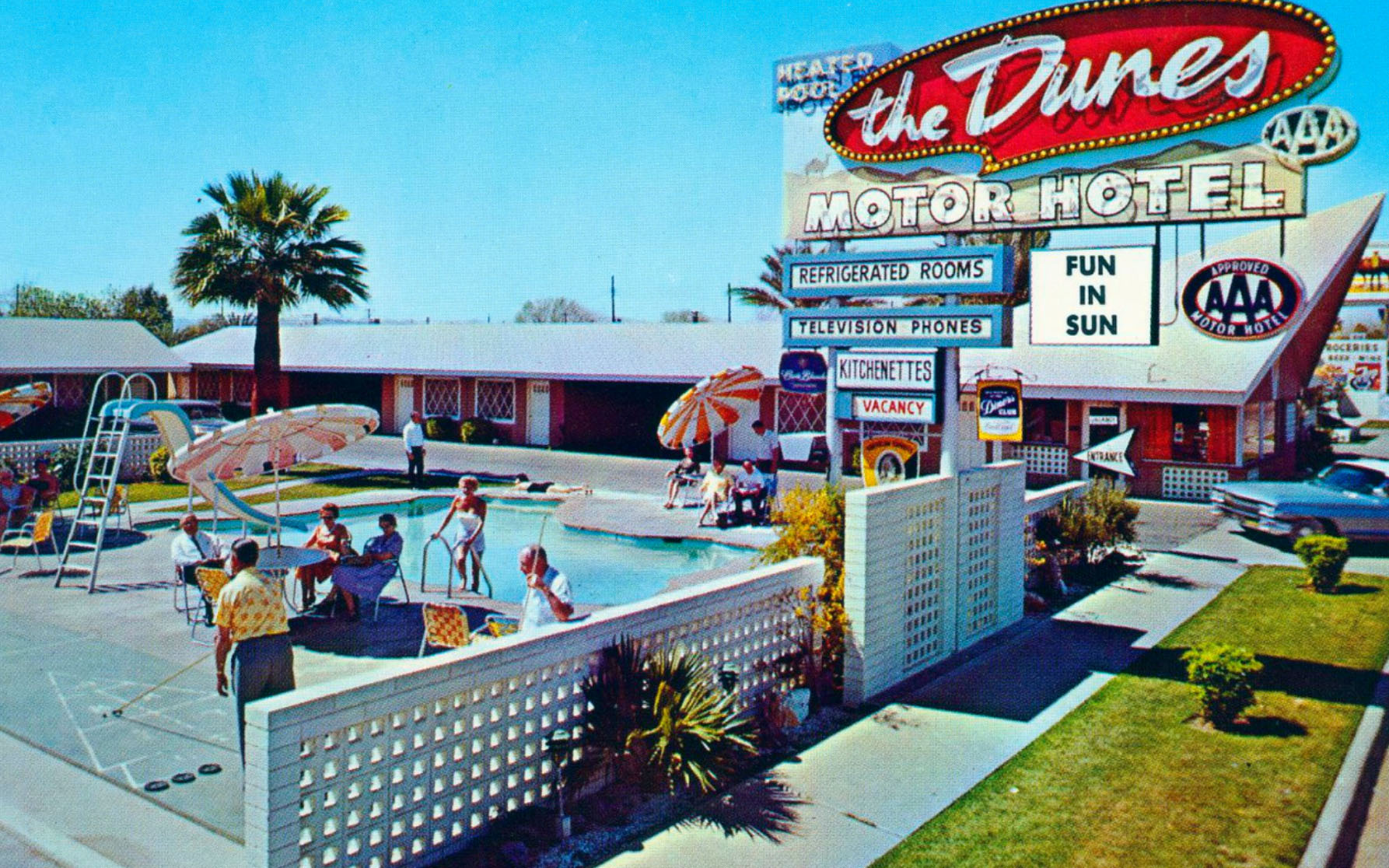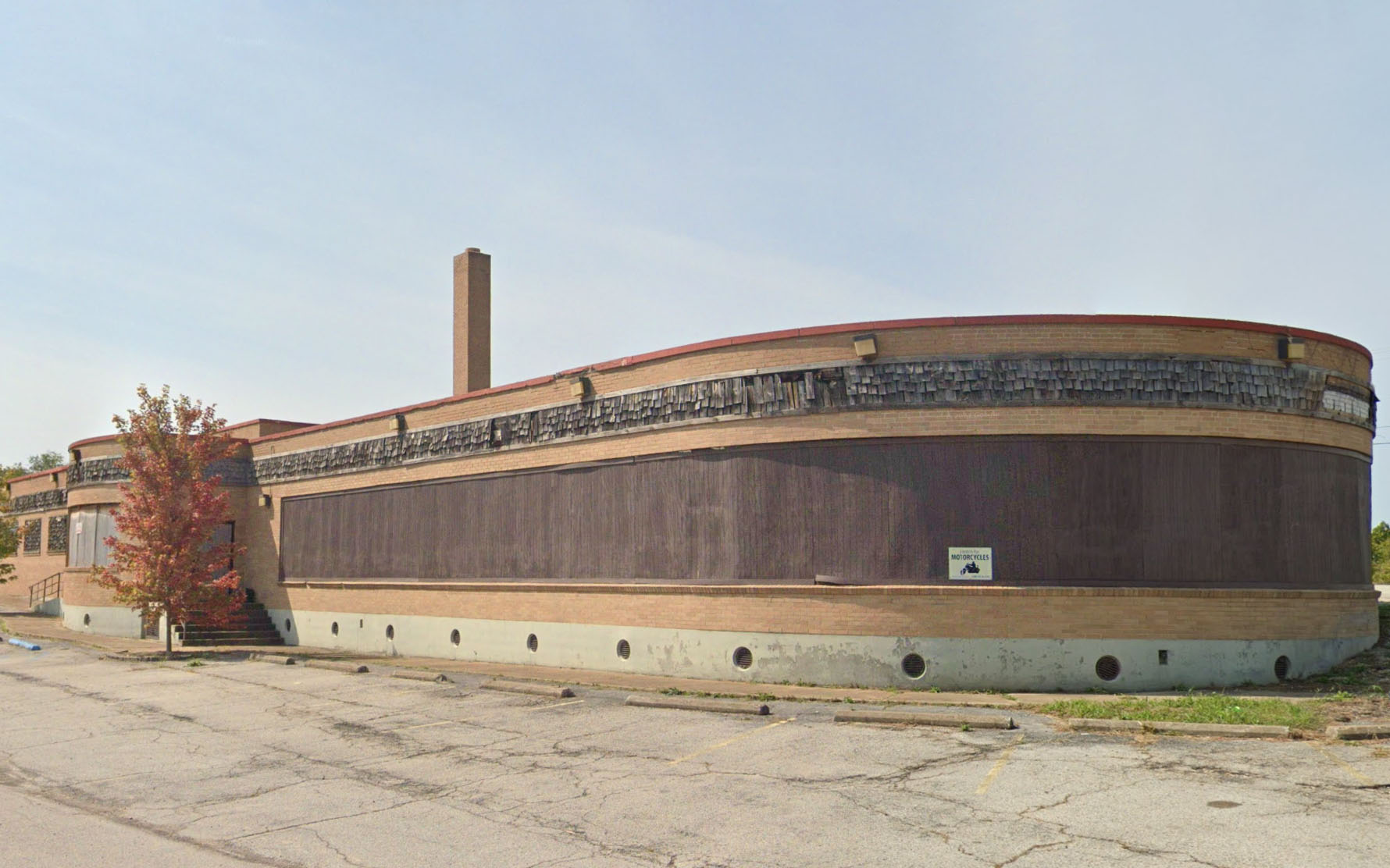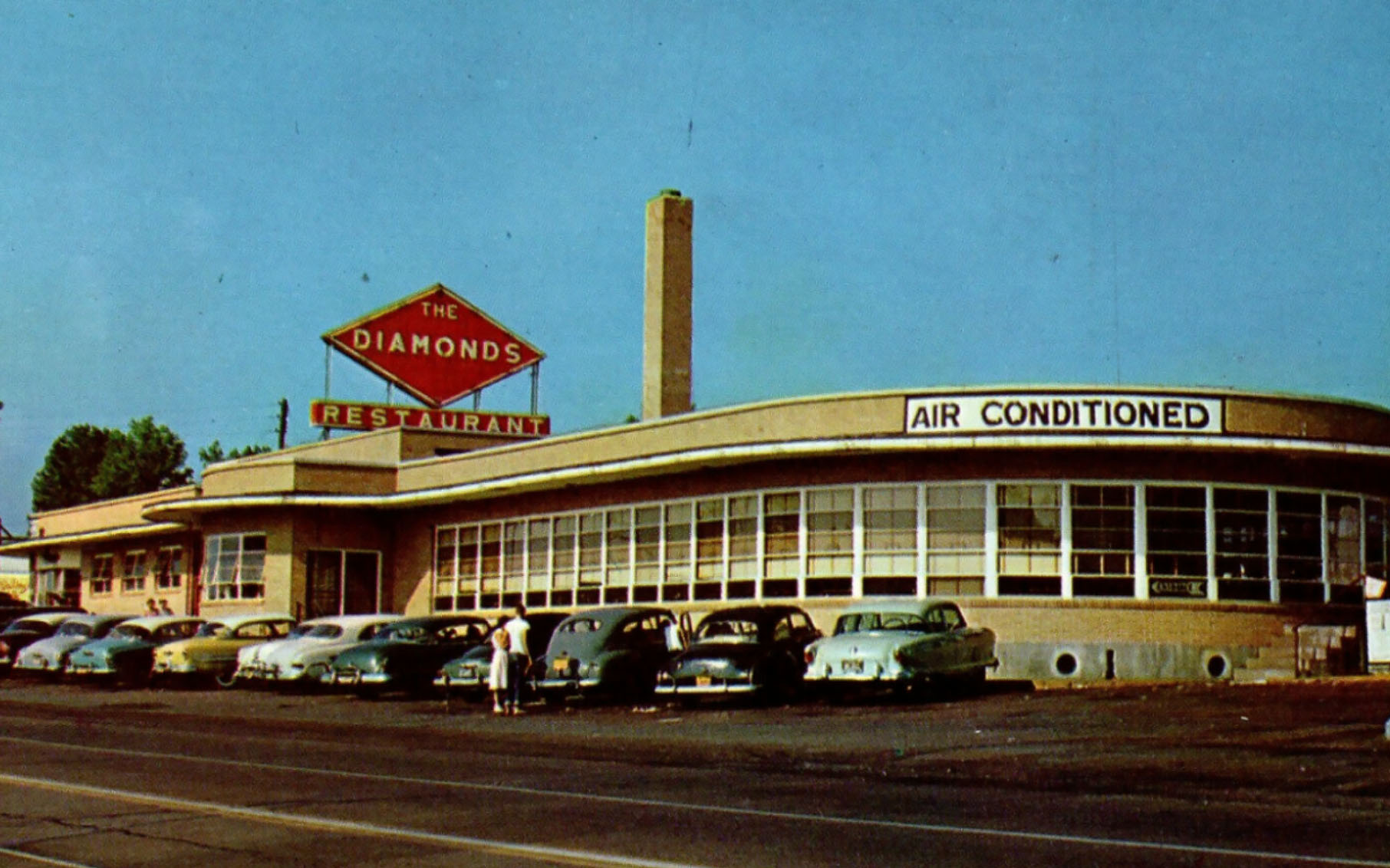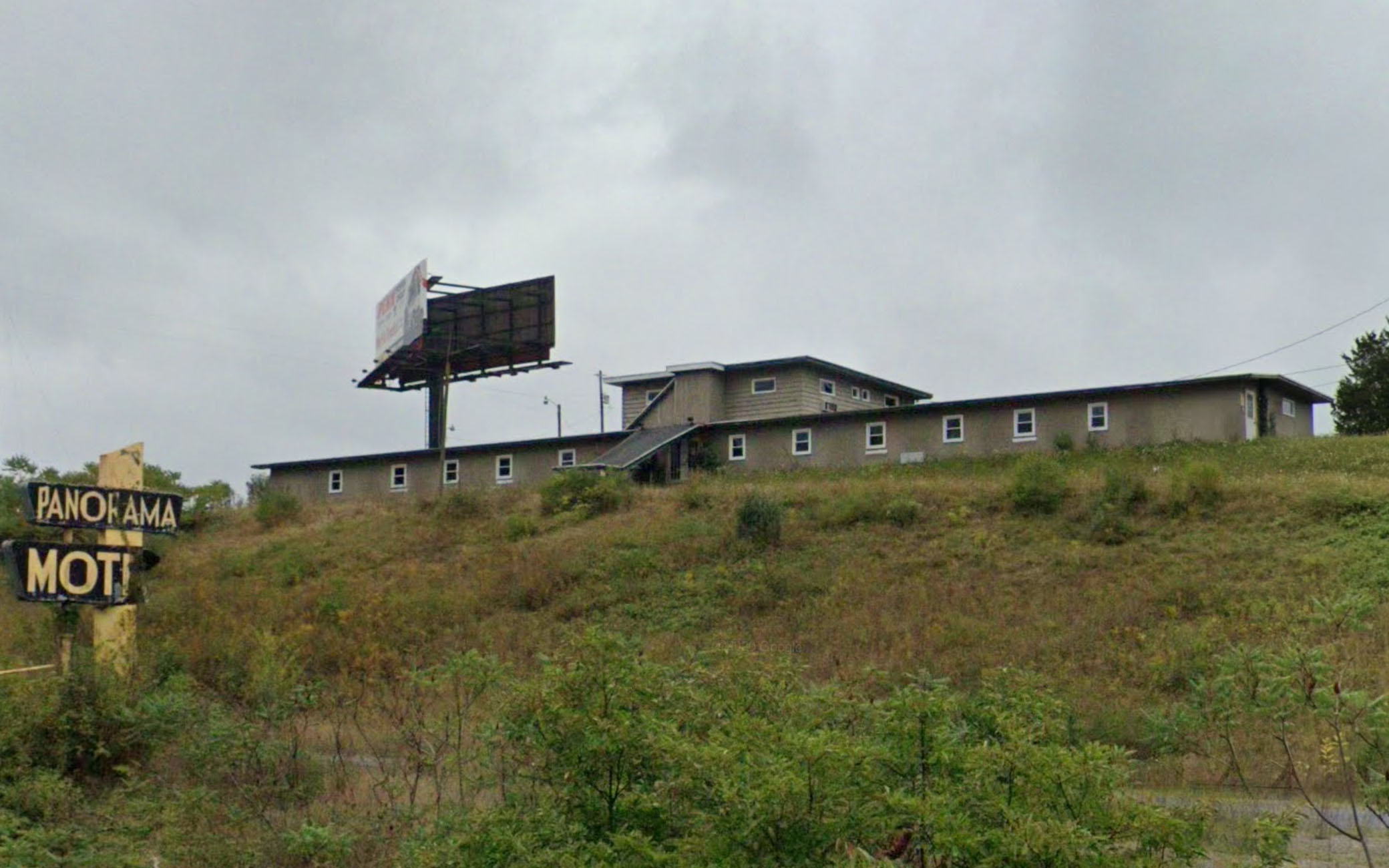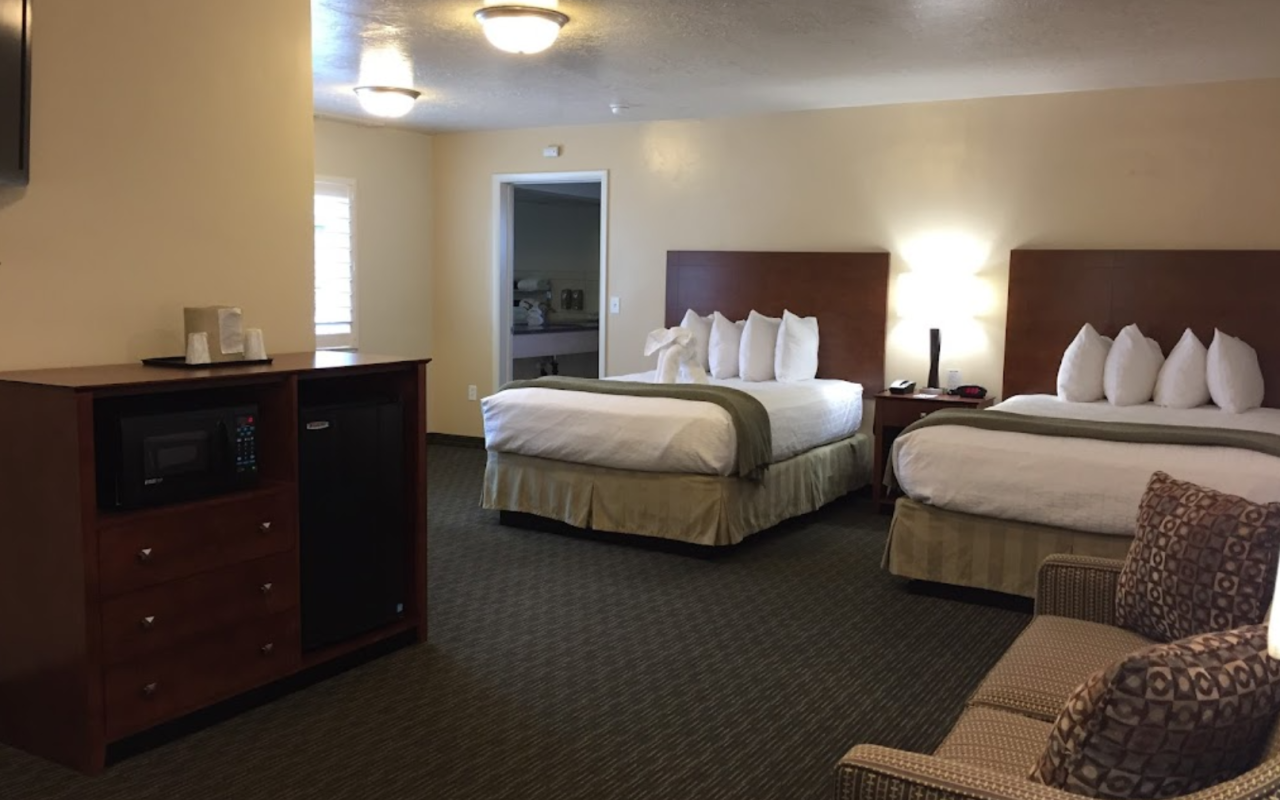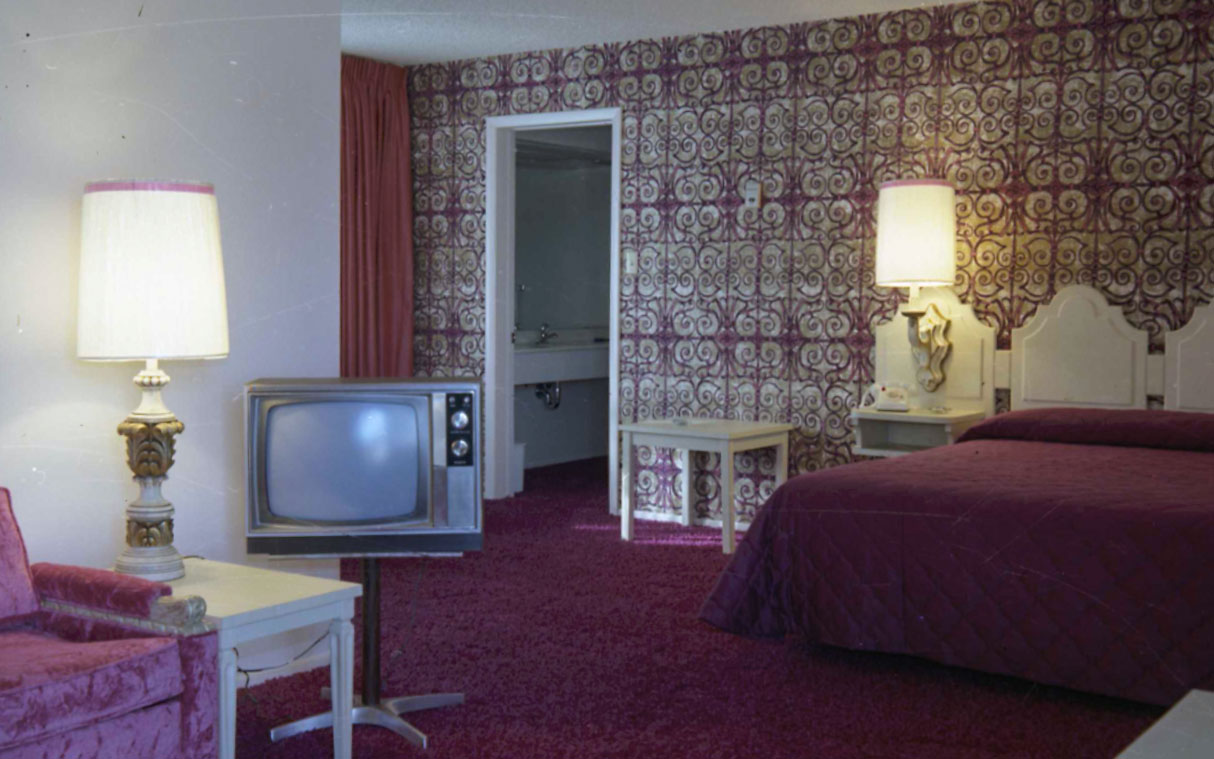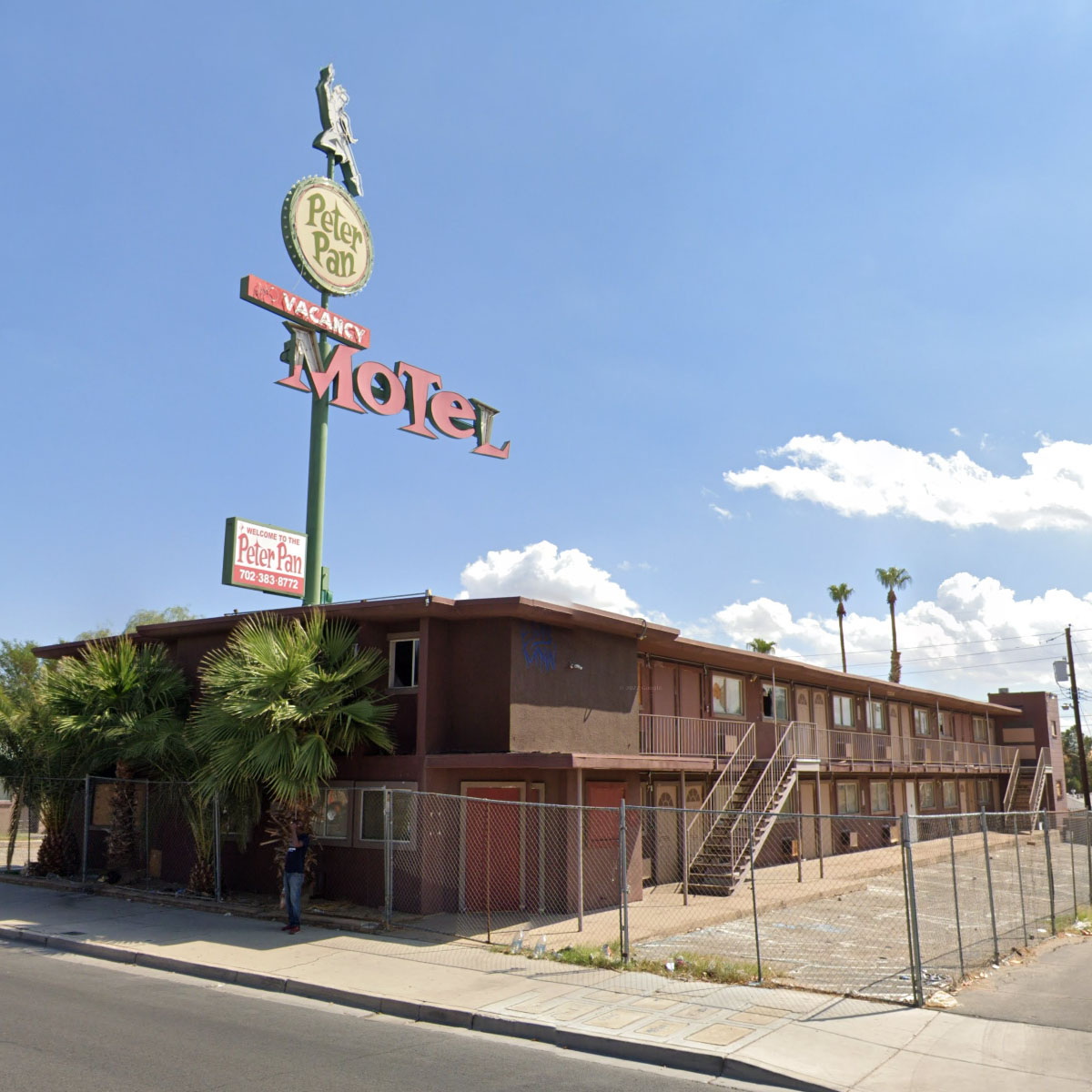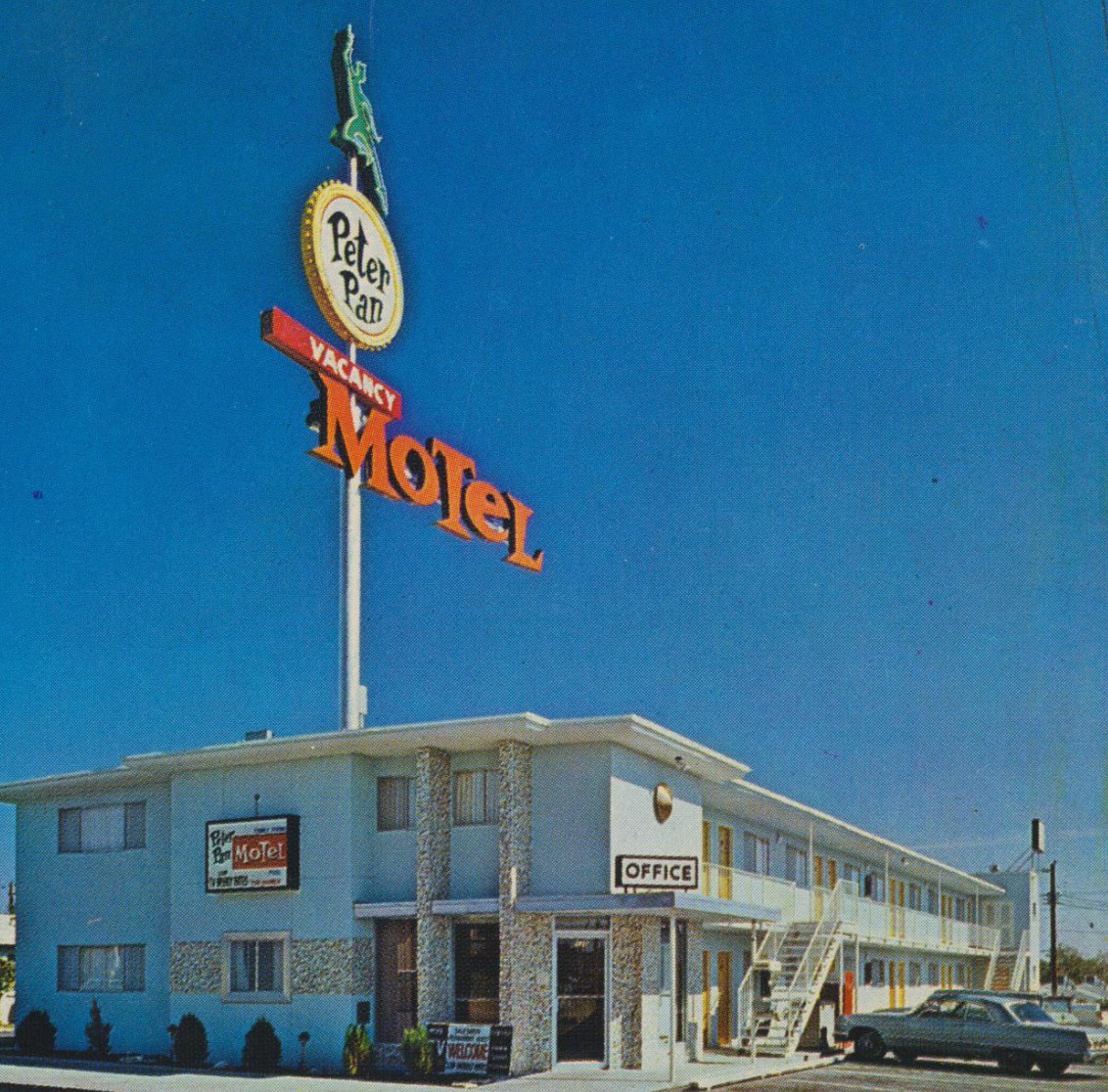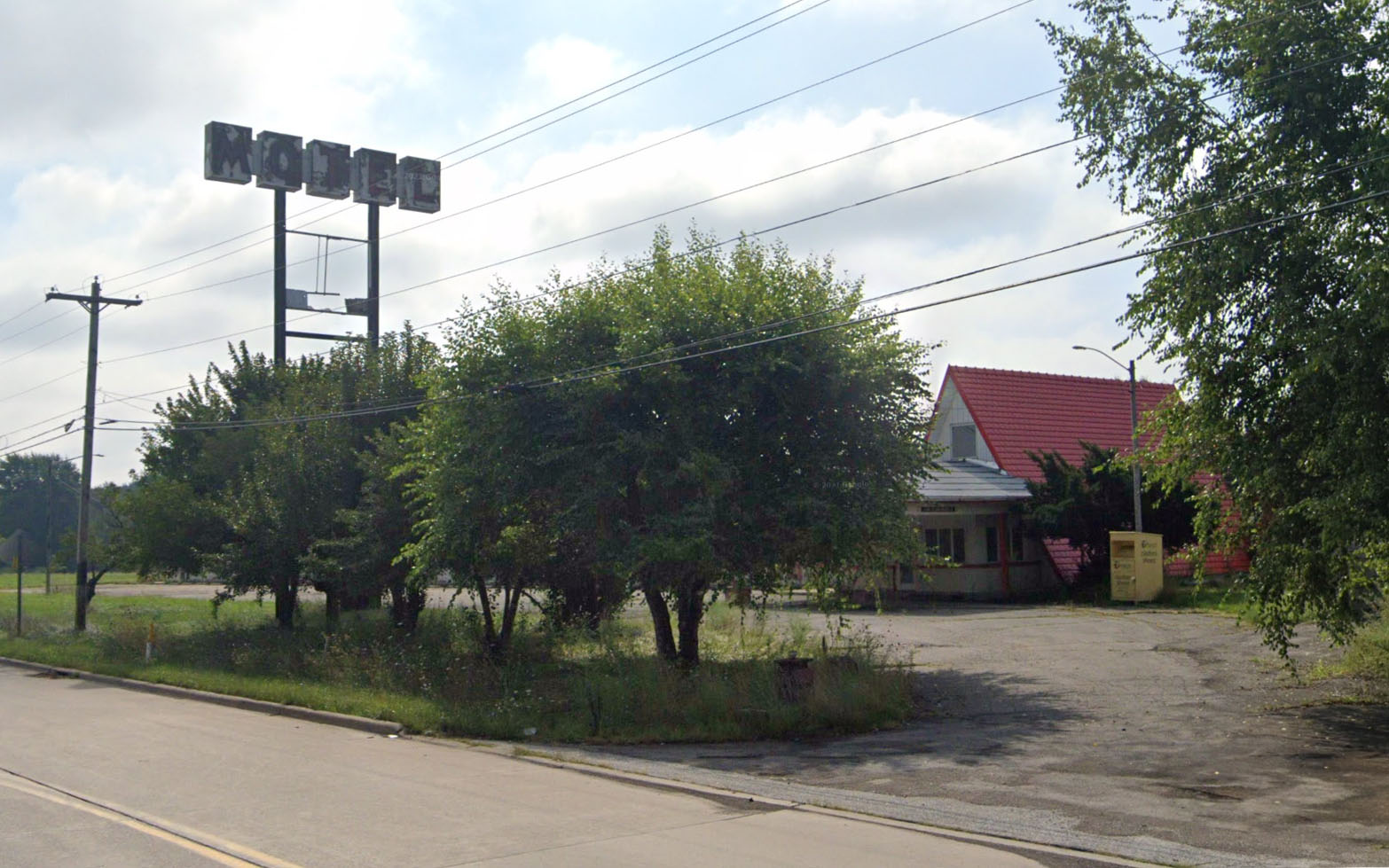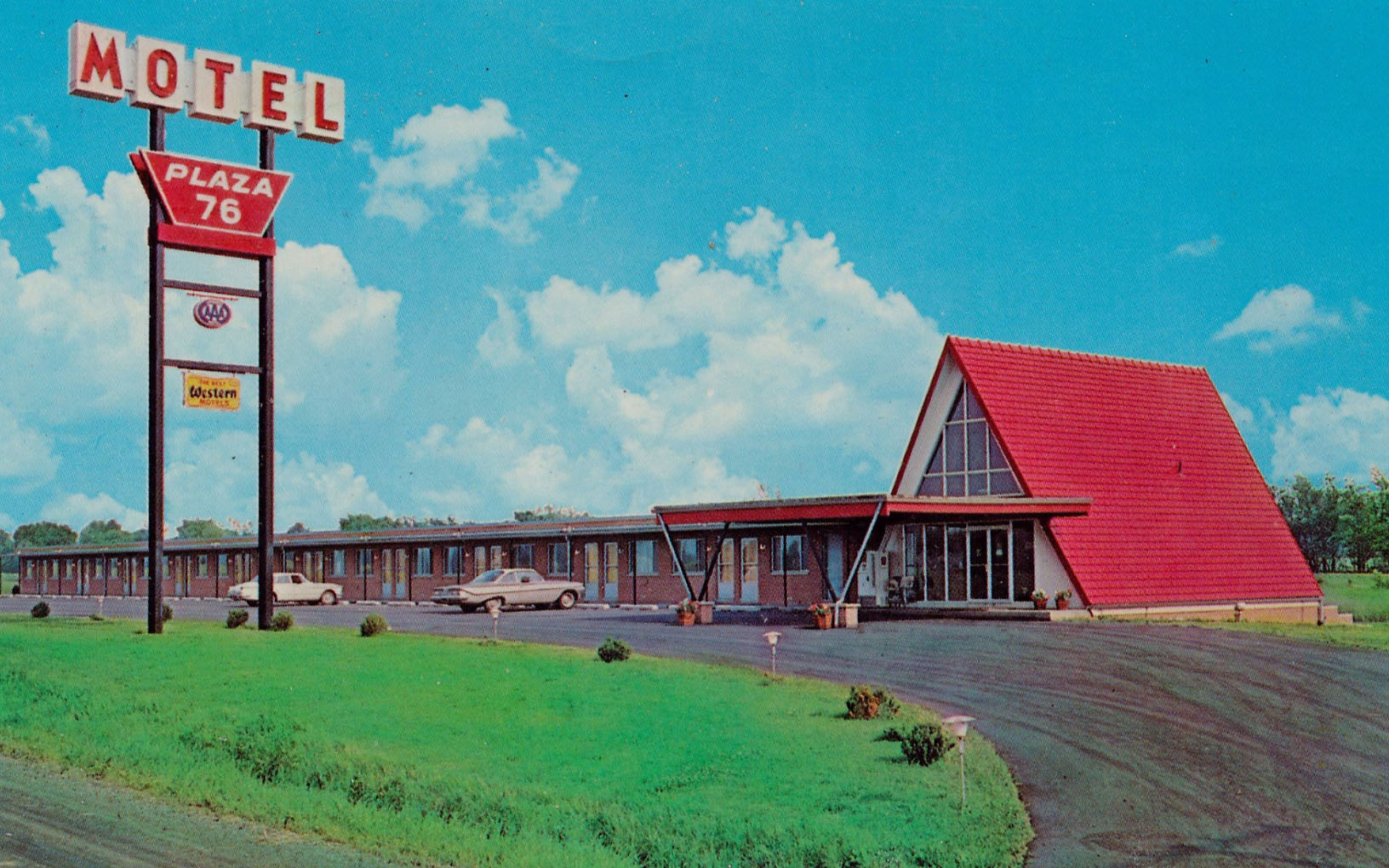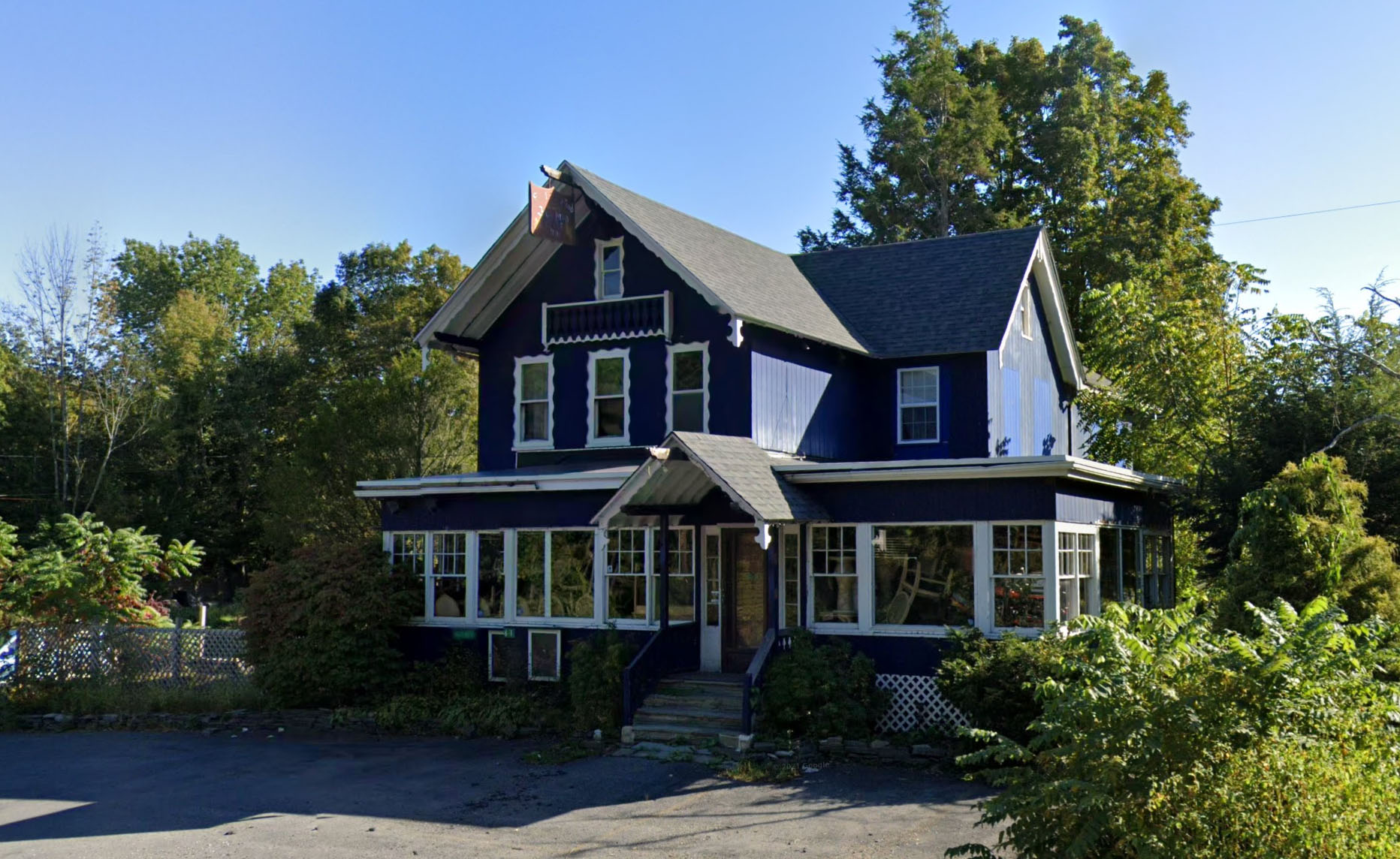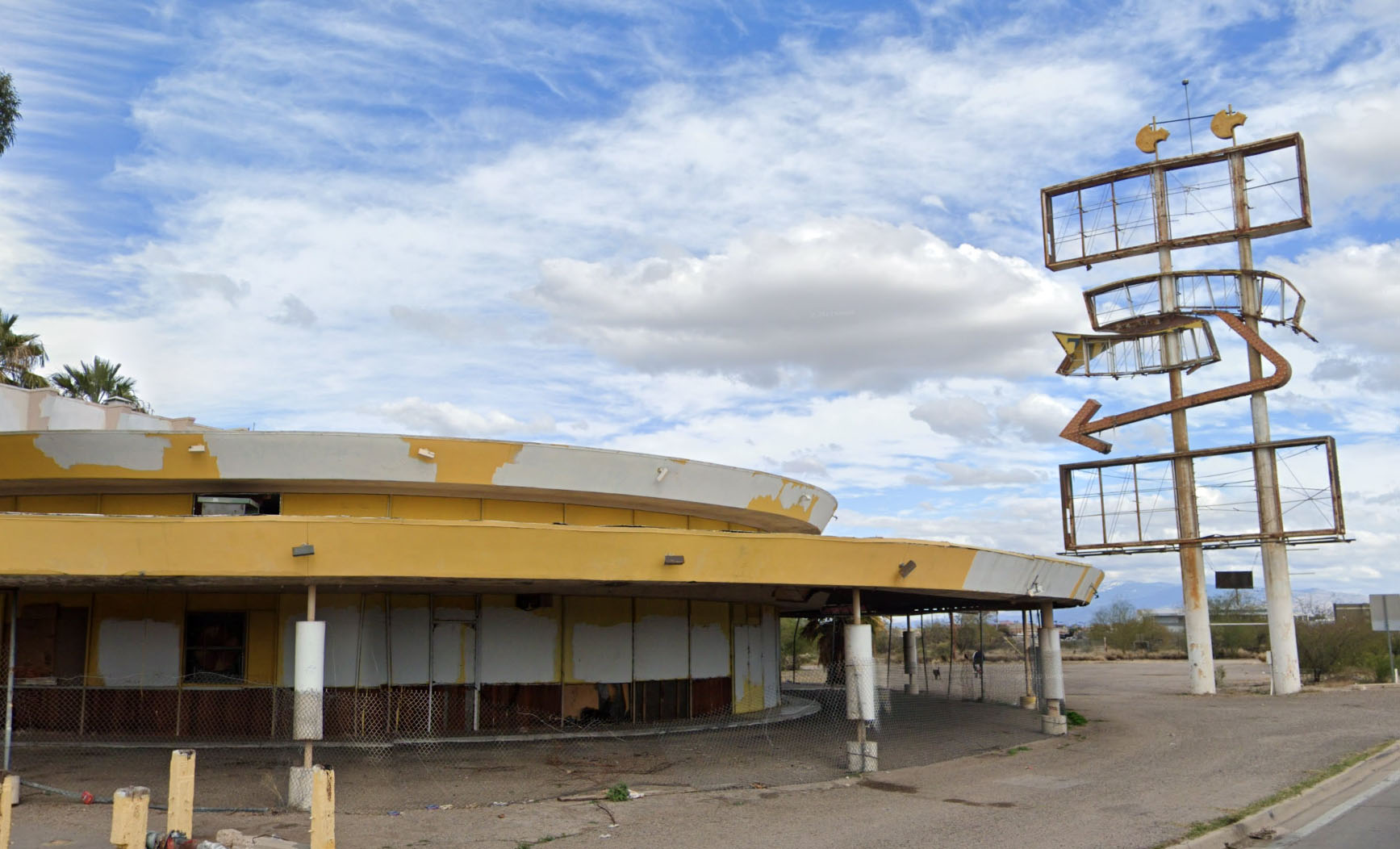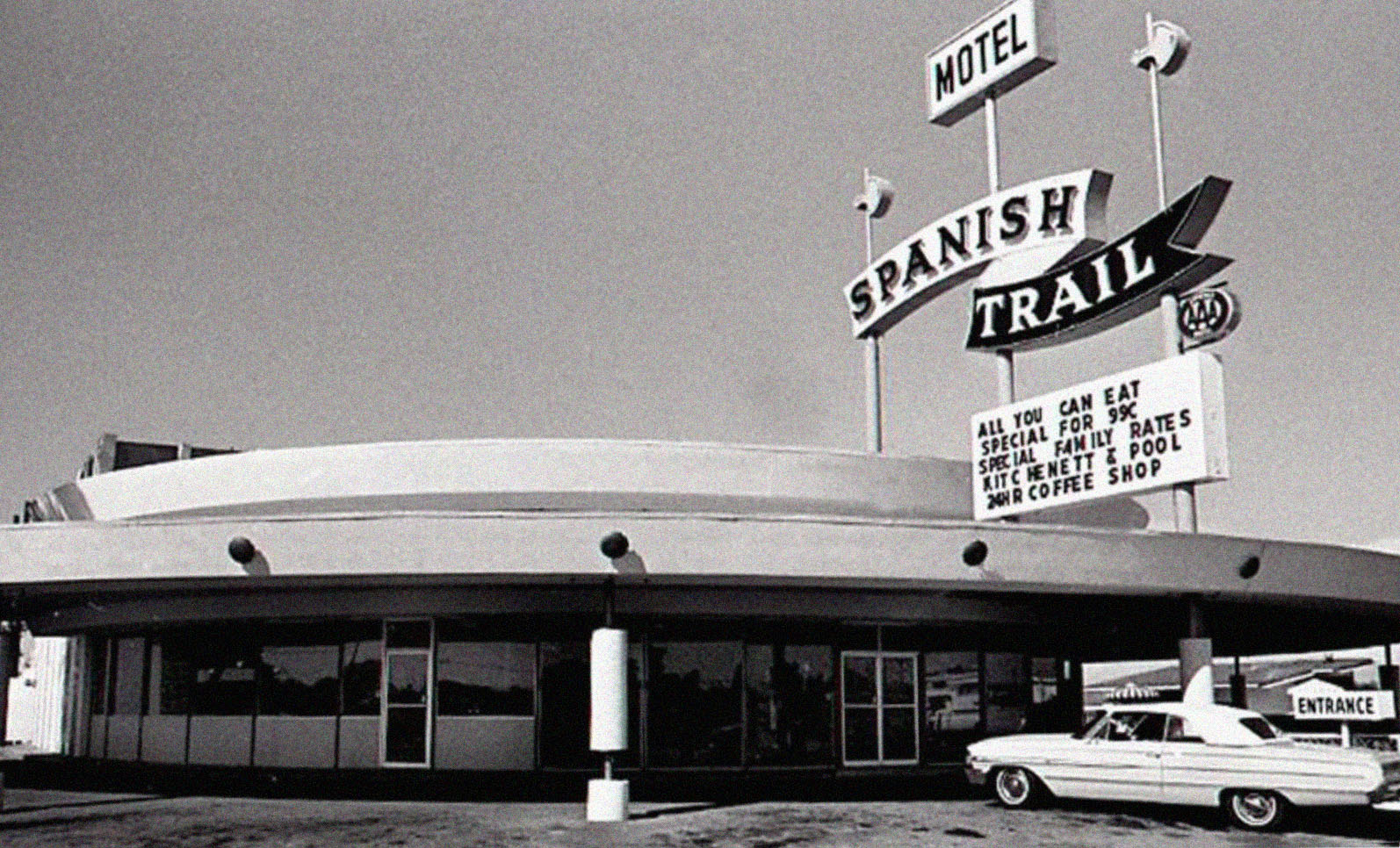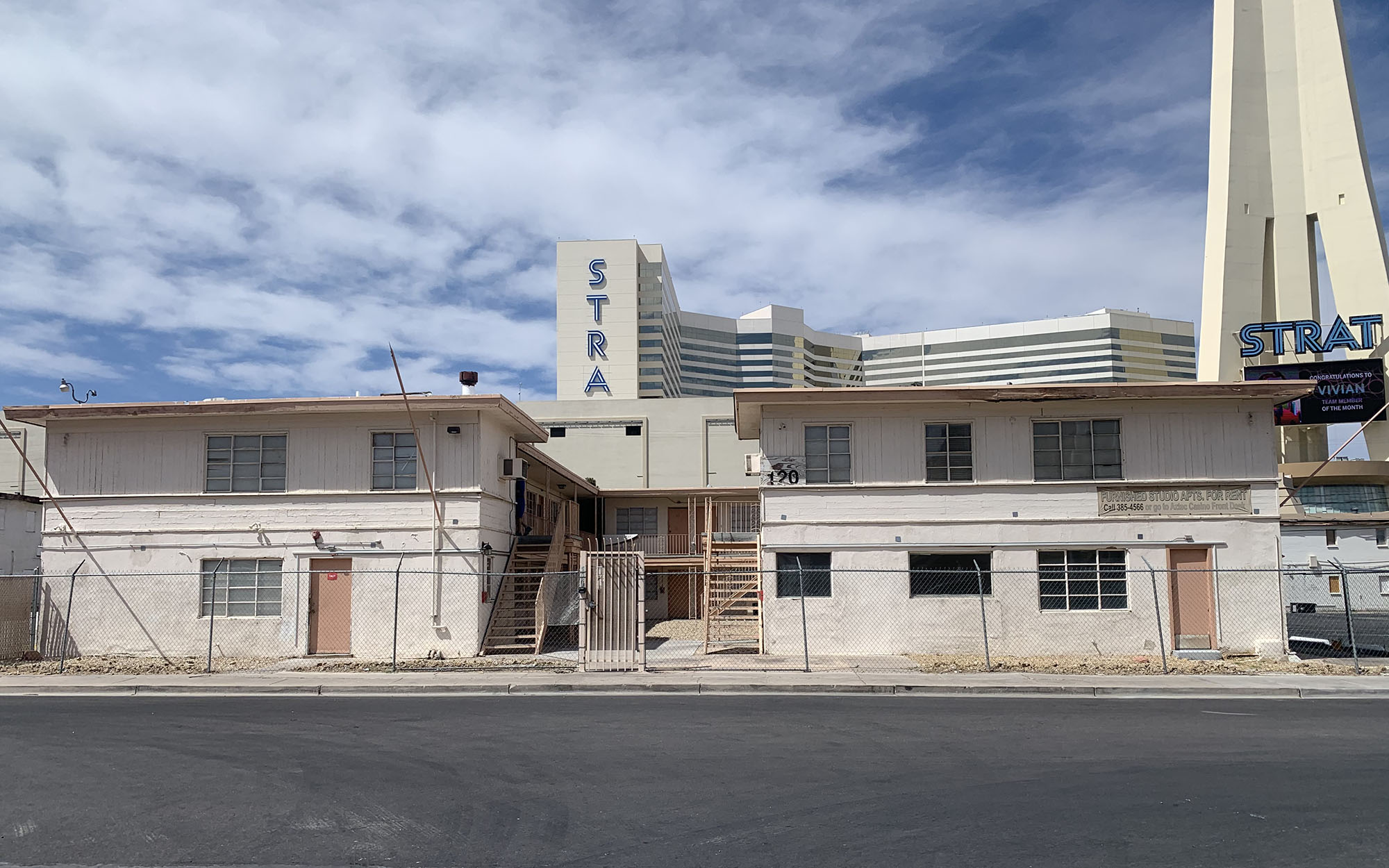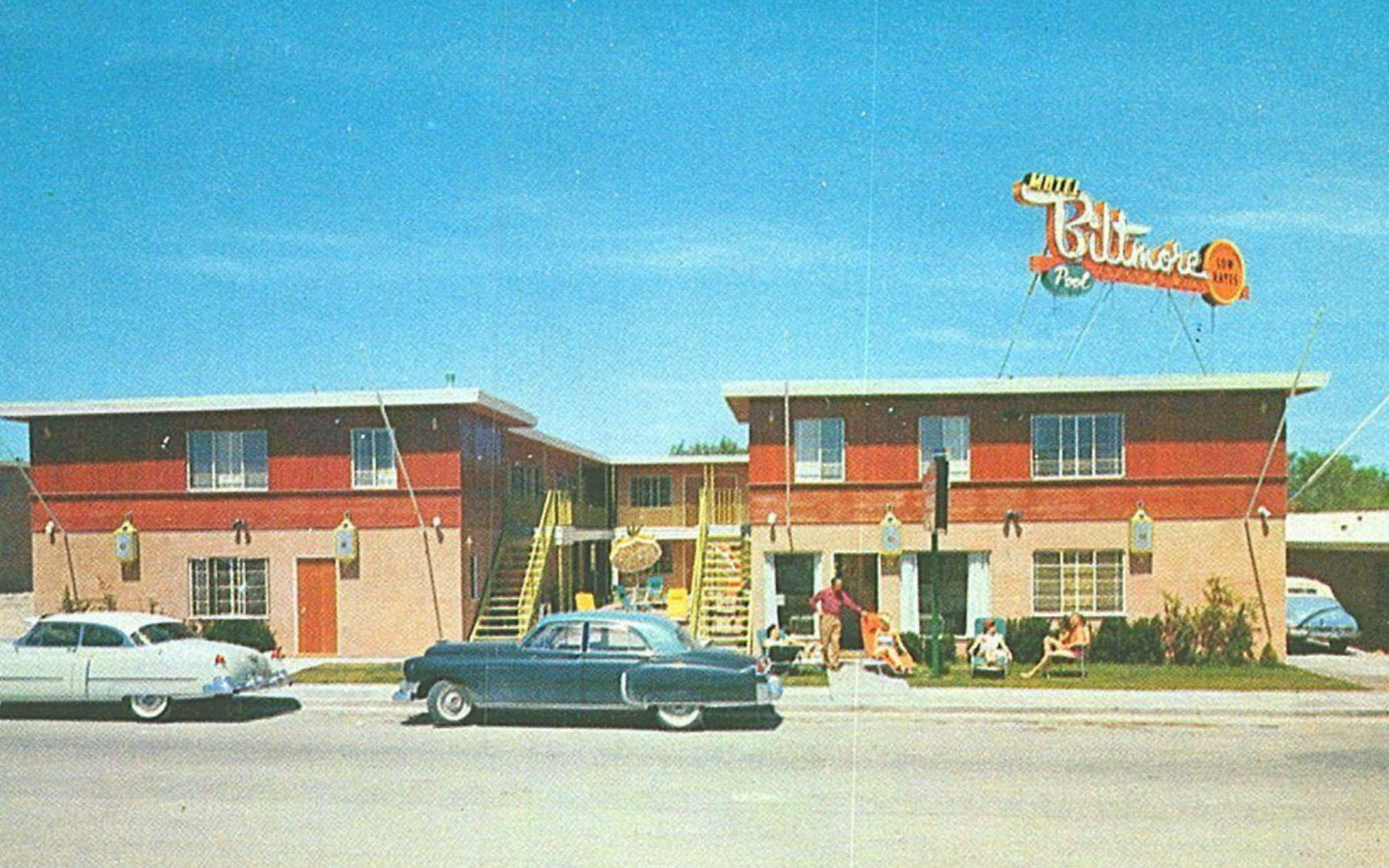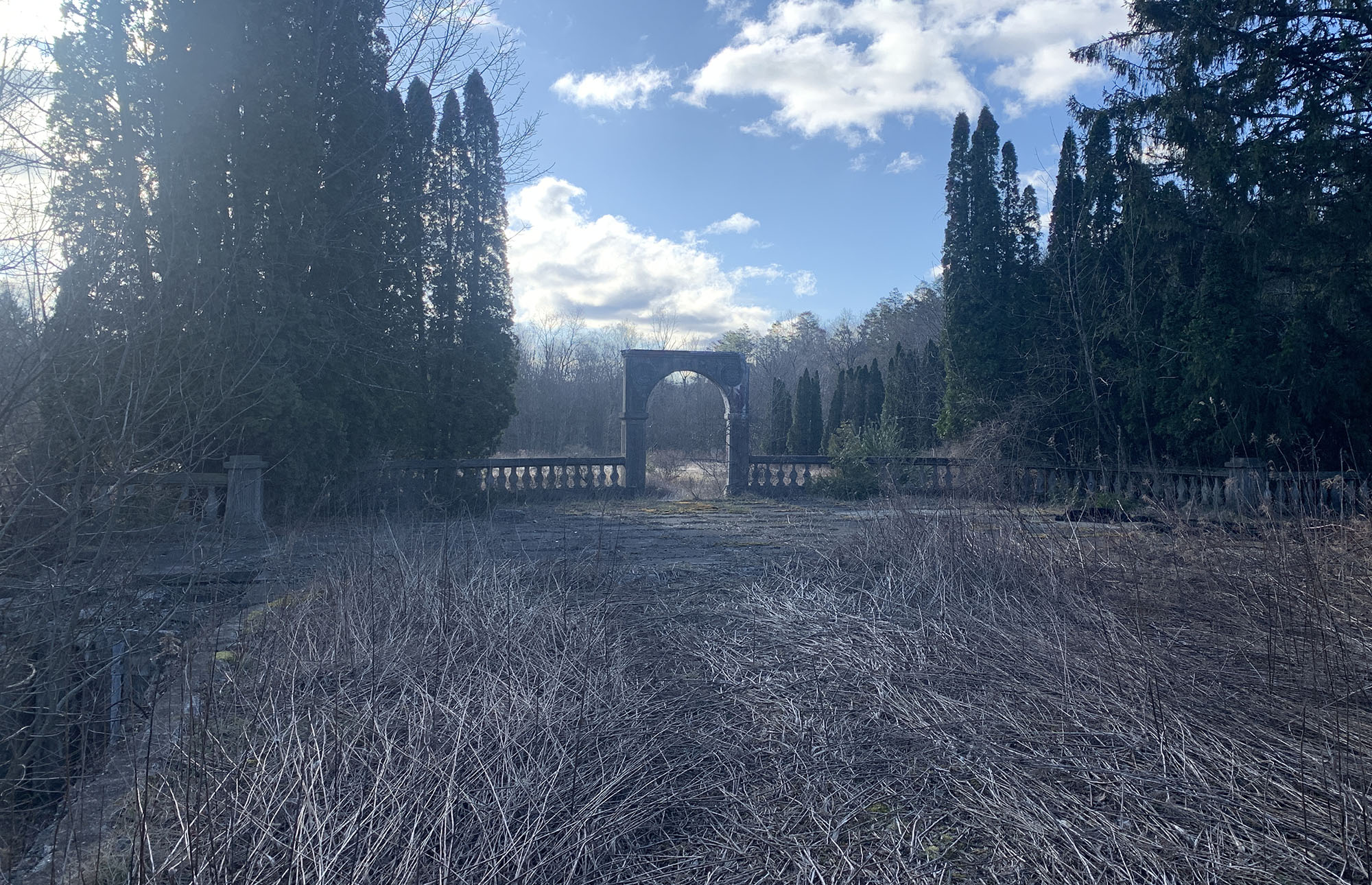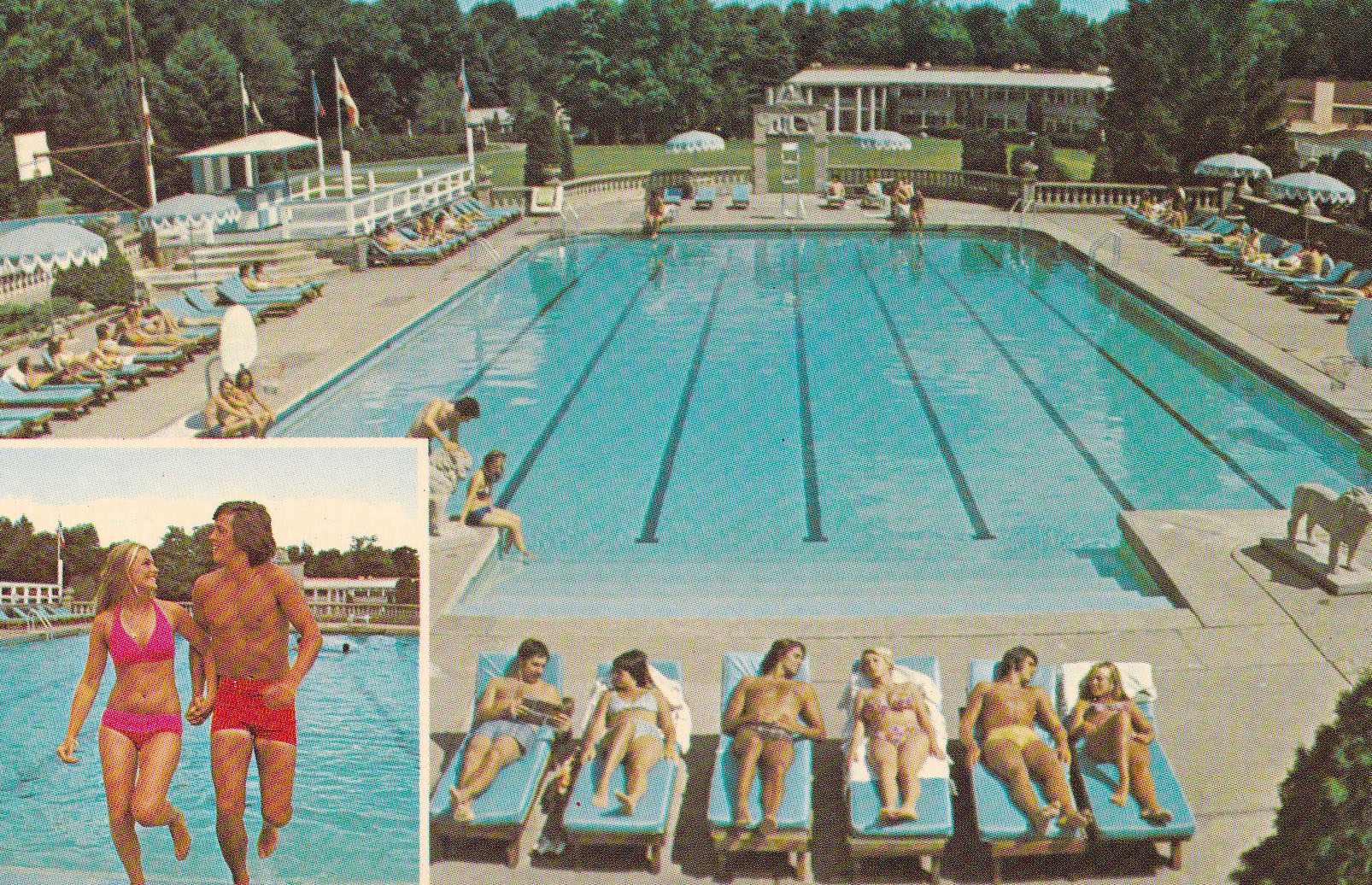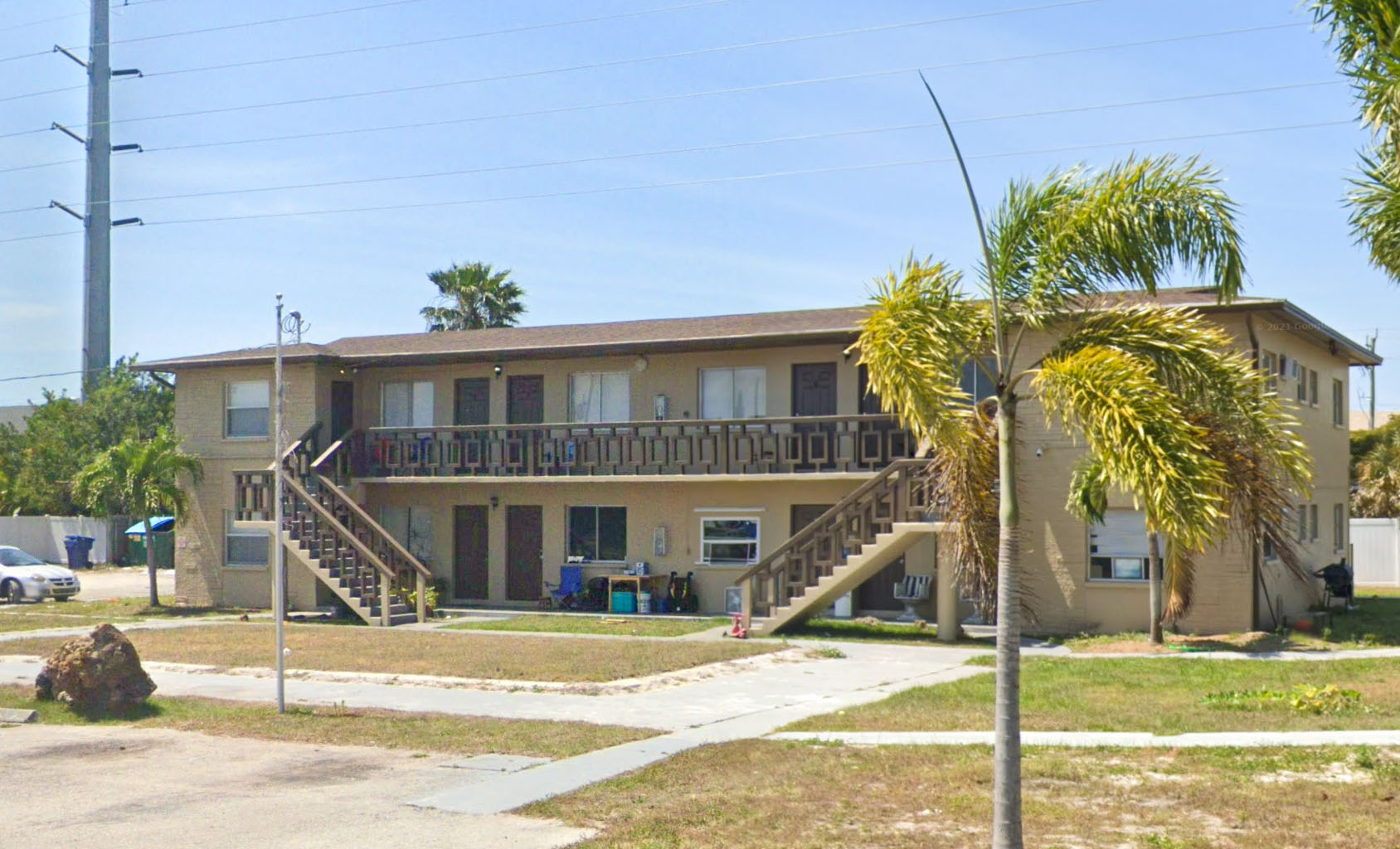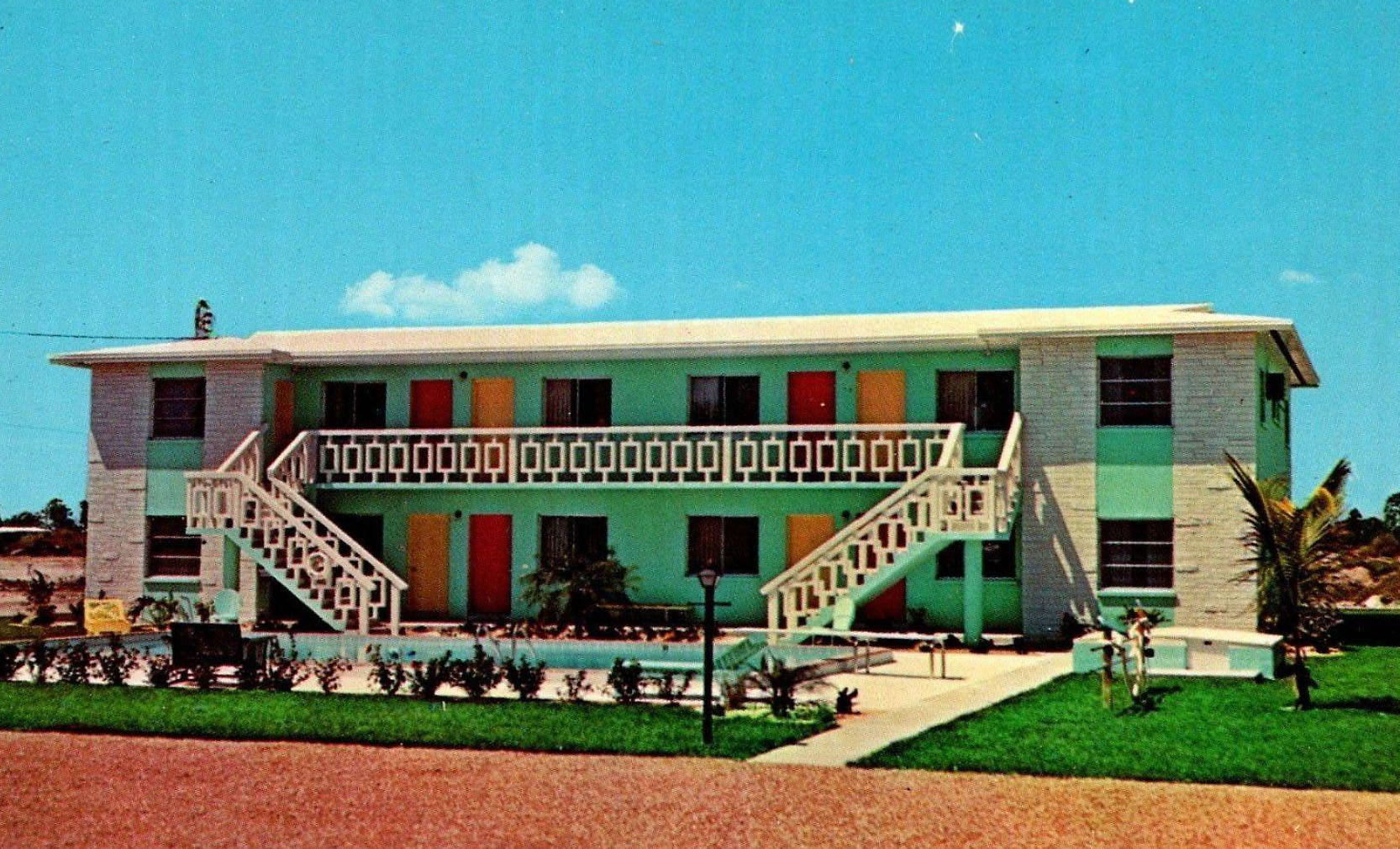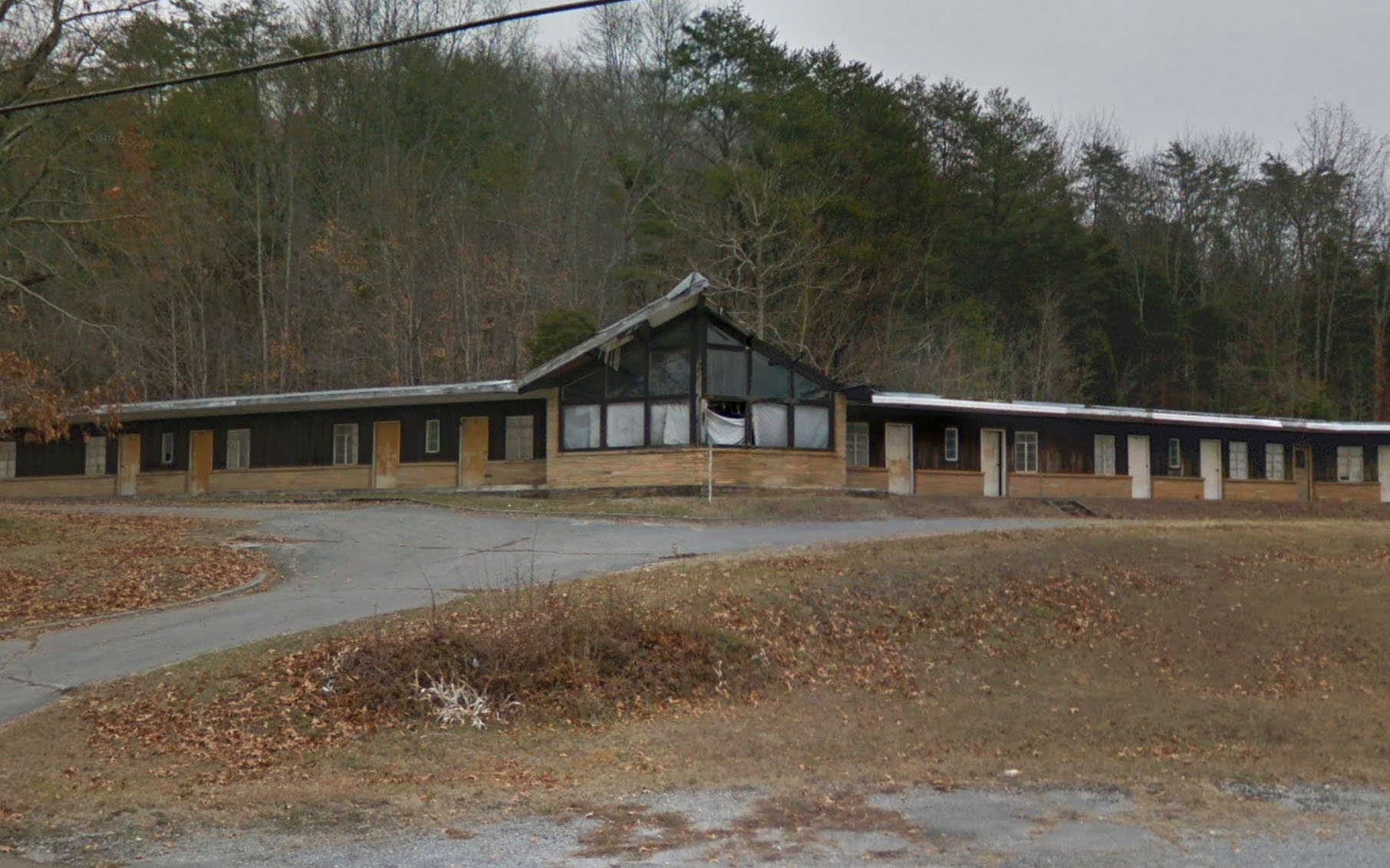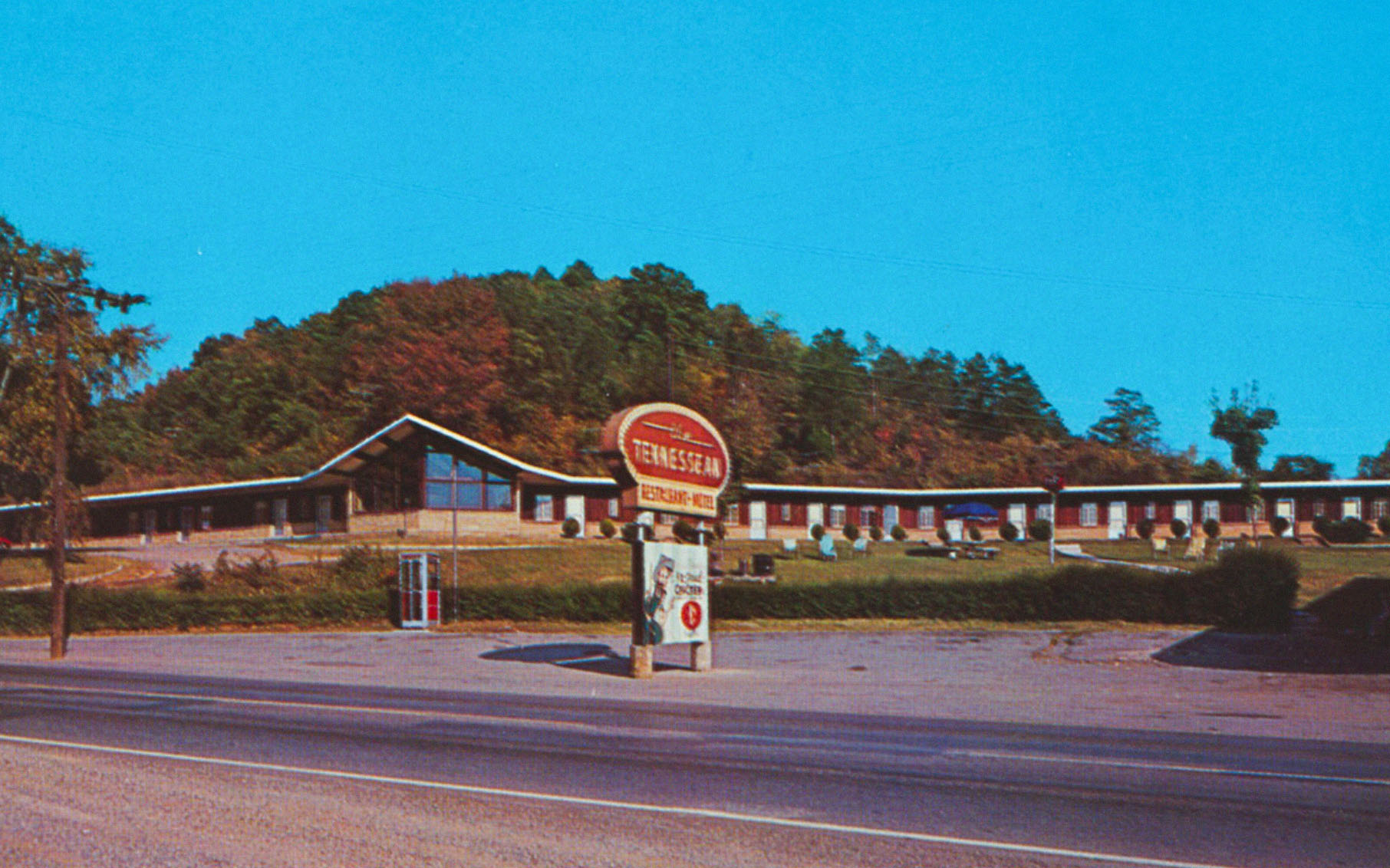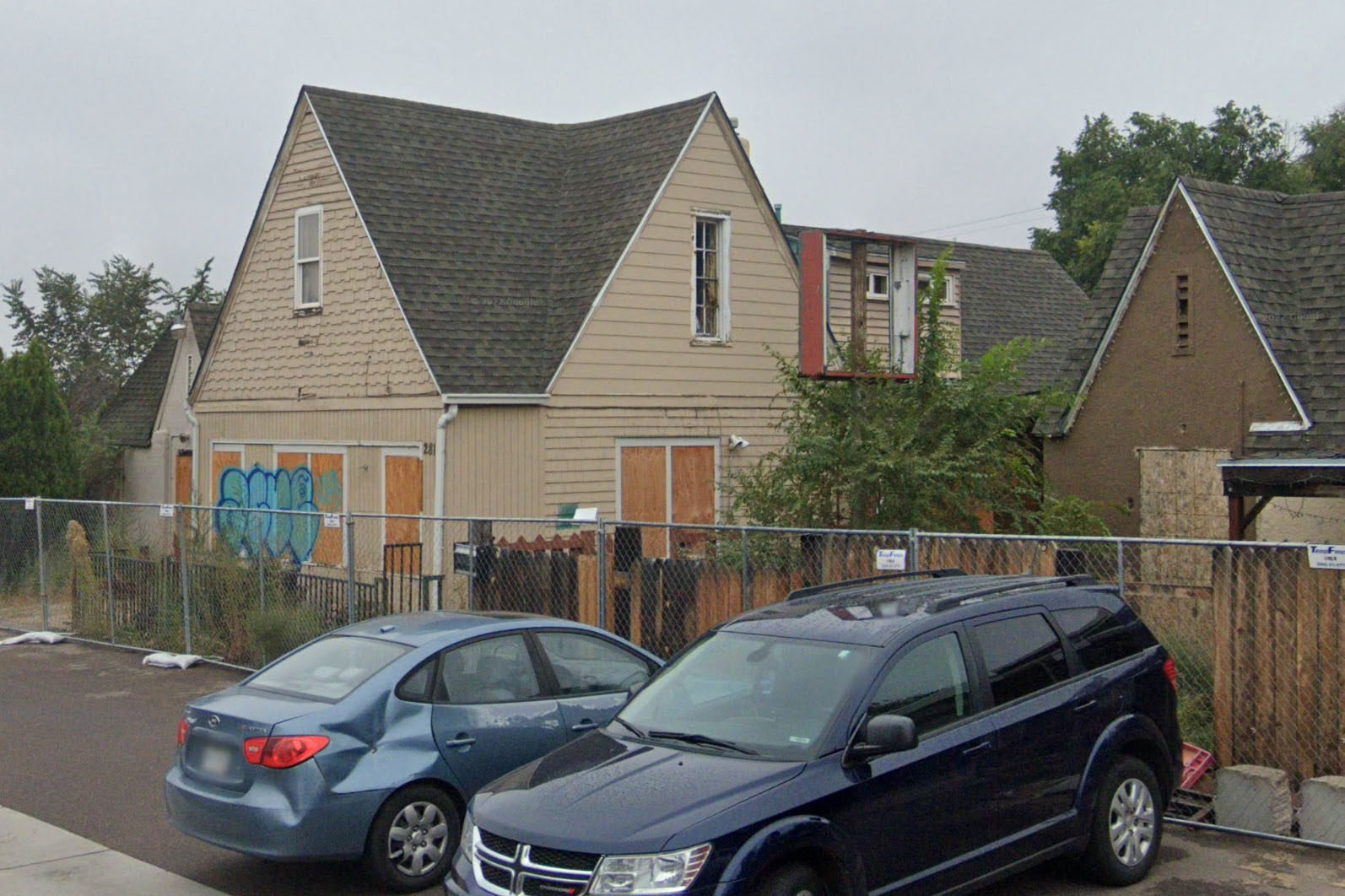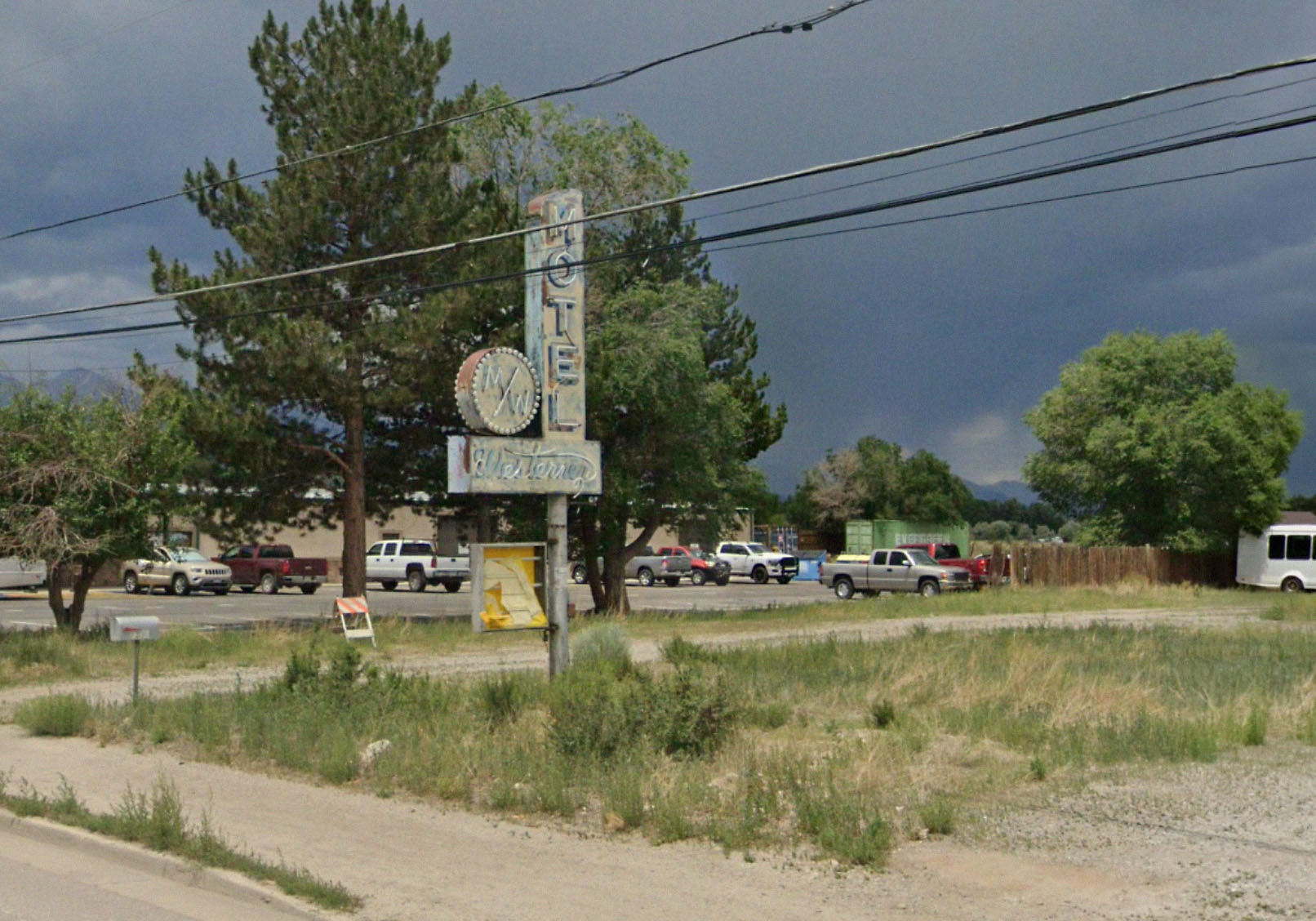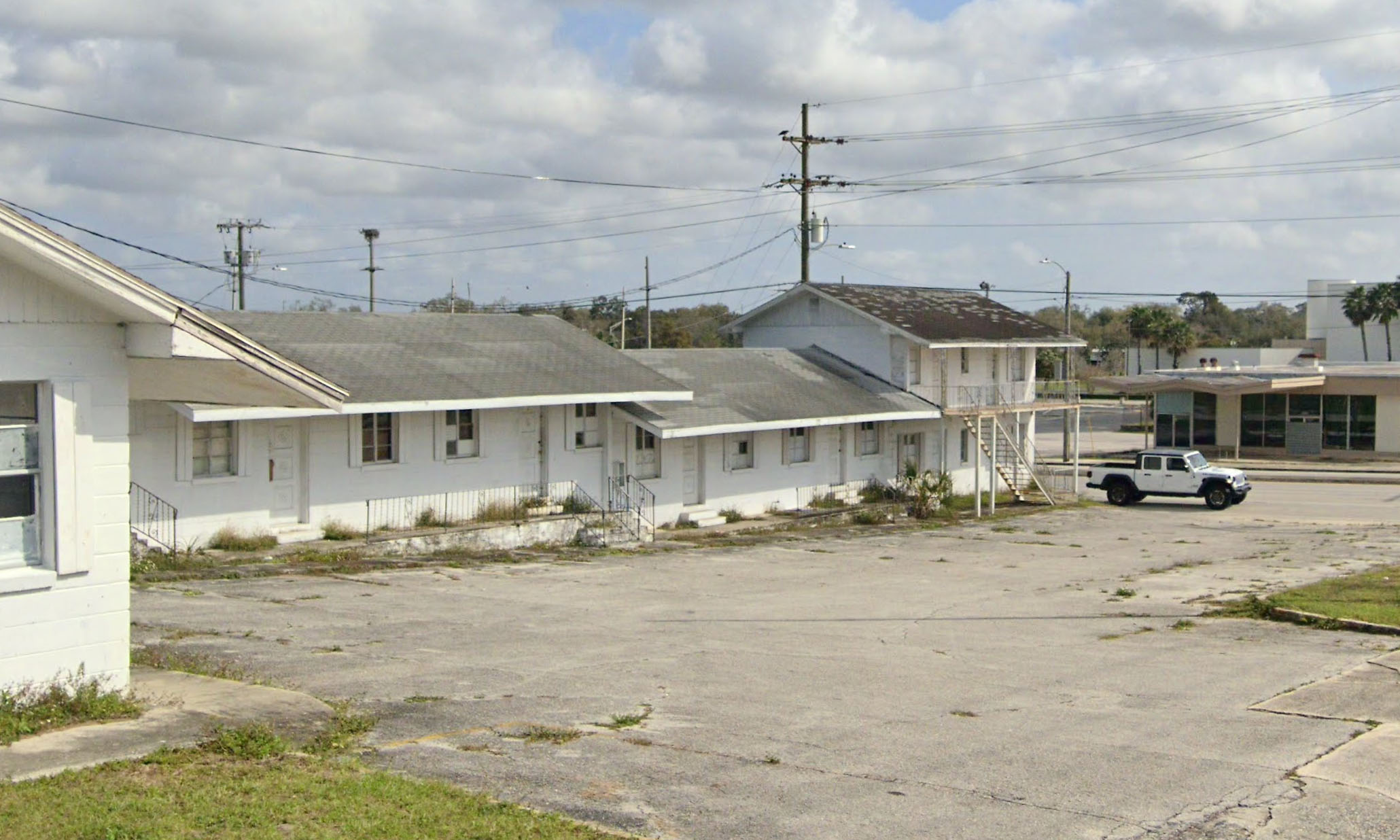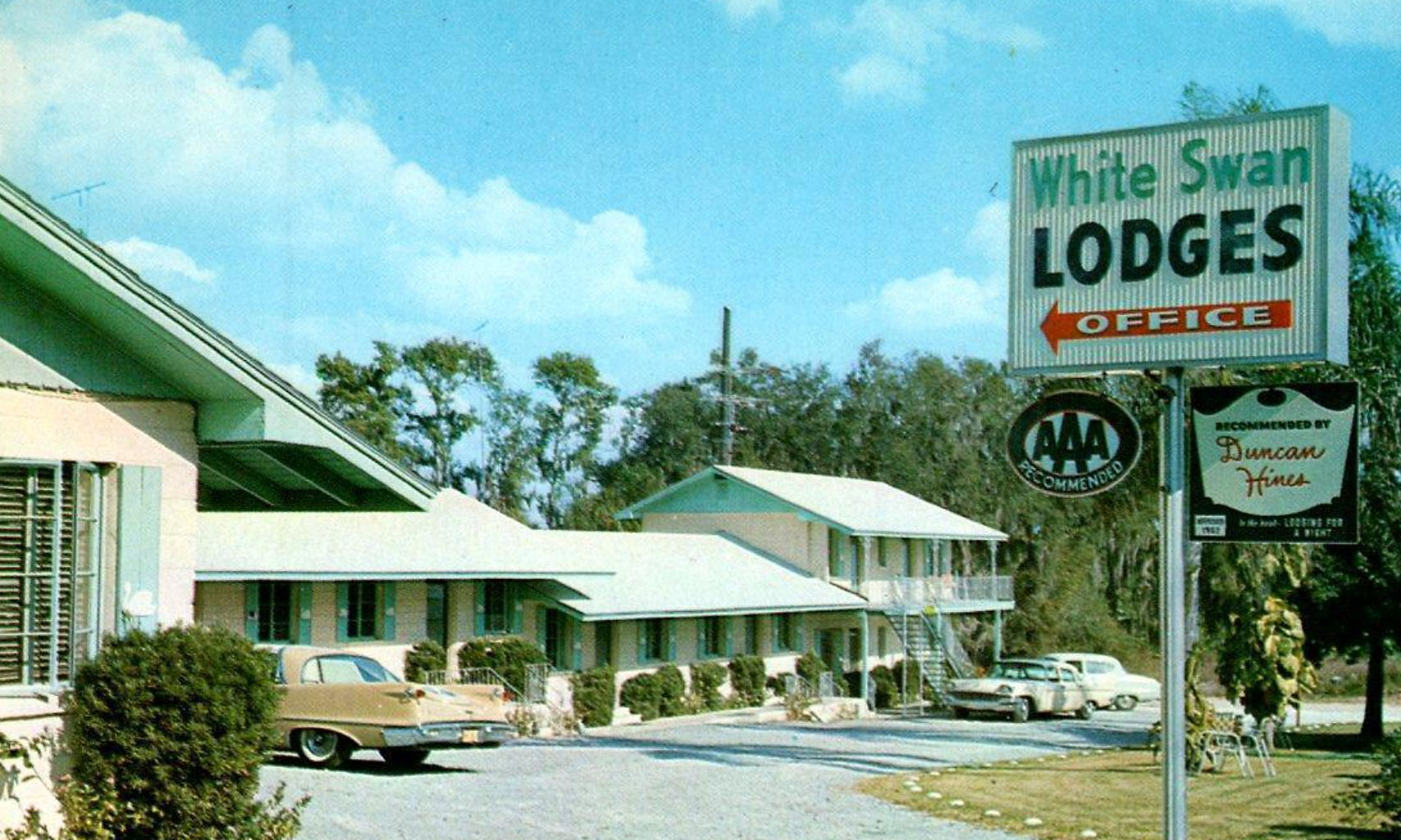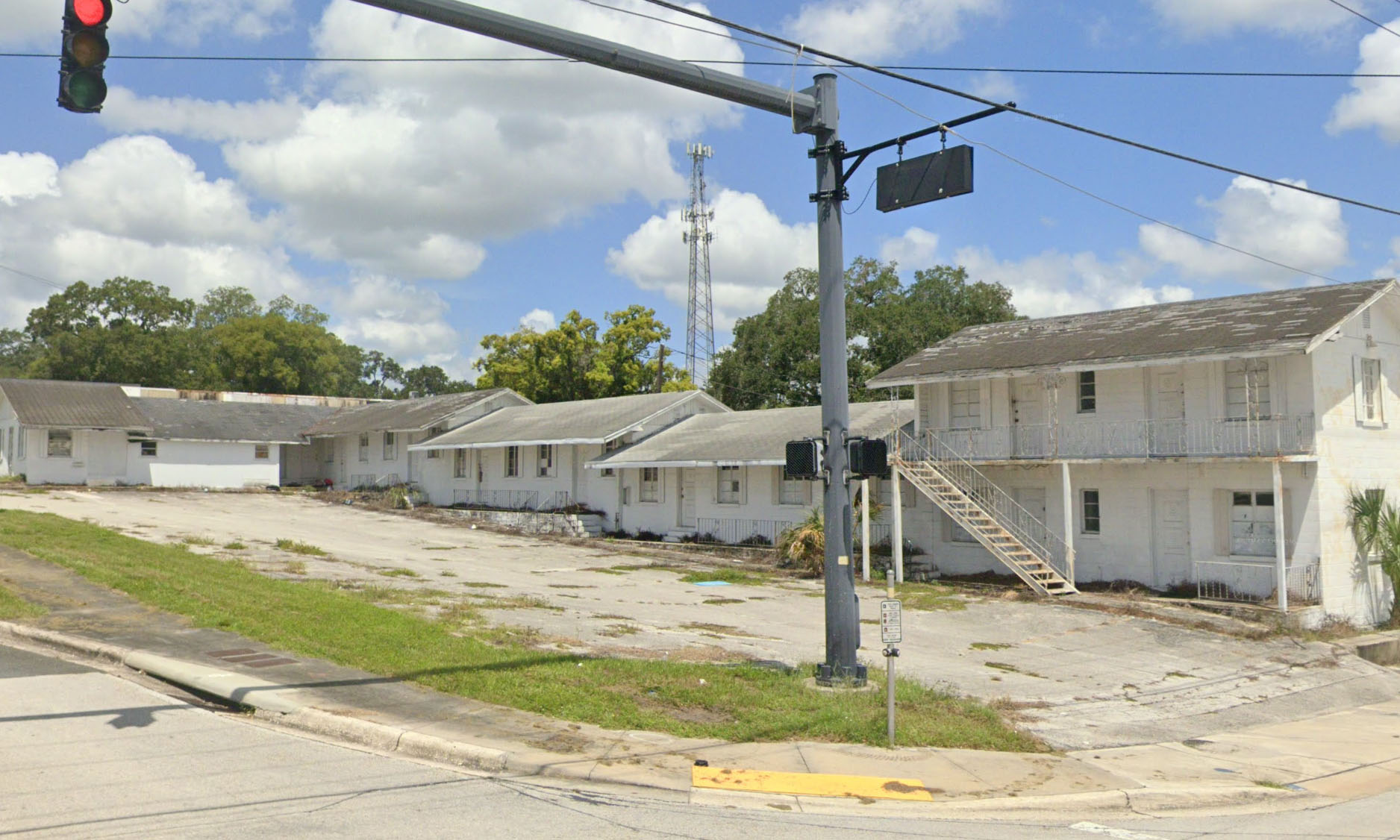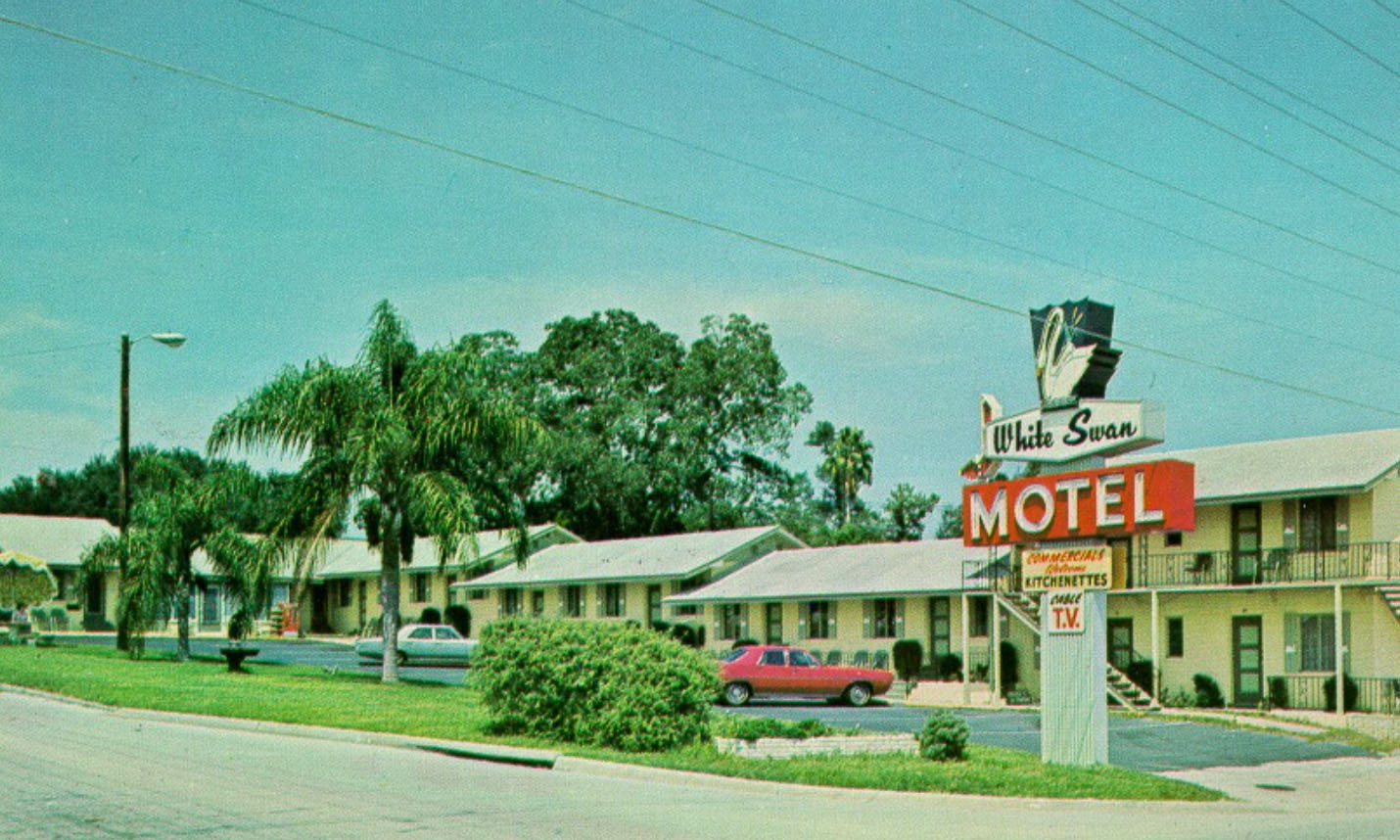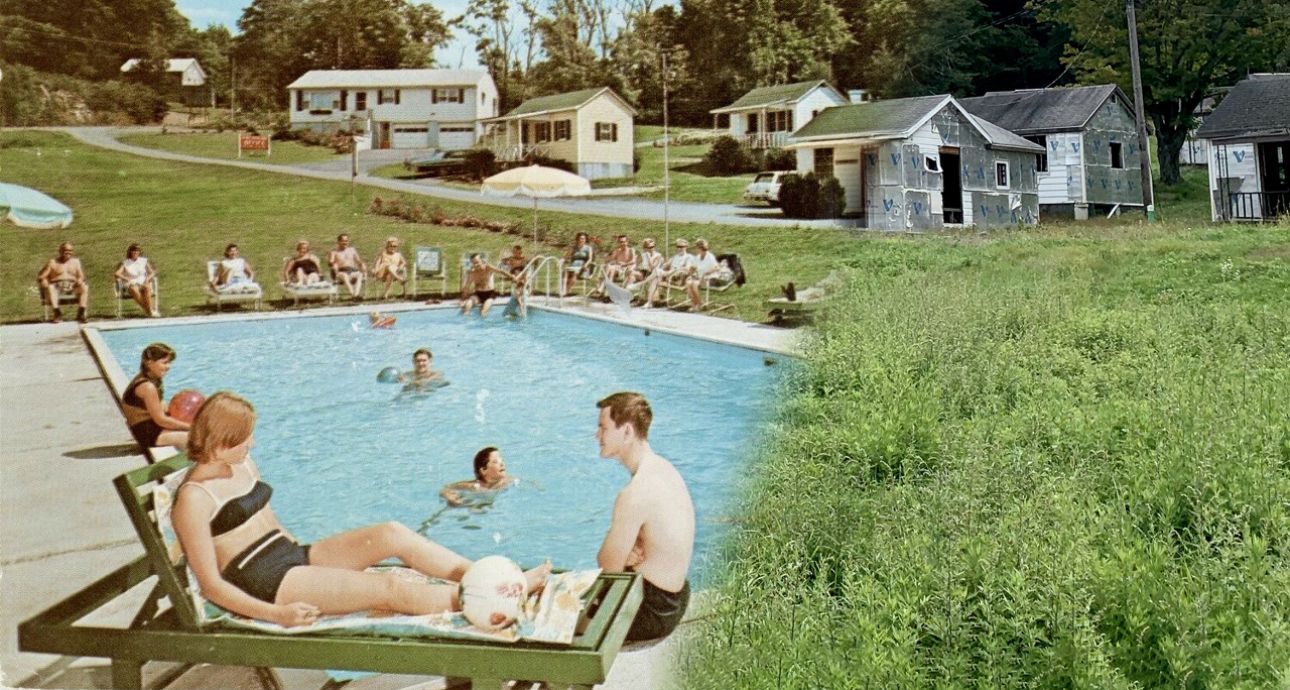
What Happened to Them: American Motels During Their Rise and Decline
At the beginning of the 20th century, when road trips became popular in the US, people looked for an easily accessible alternative to large old hotels. This is how roadside motels appeared, which could be easily reached directly from the highway.
But at first, in the 1930s, popular places to stay overnight were auto camps, which consisted of small separate buildings. And it was the auto camps that turned into motels, which, although they looked like separate blocks, were united under one roof.
So motels differ from hotels not only in their location by the road, but also in their structure. They are usually much smaller, with one or two floors, and visitors can access their room directly from the parking lot.
Motel owners made them unique to stand out from their competitors and attract more customers. As a result, during the 1950s to 1970s, motels were constantly changing, often demolished, renovated, or reconstructed to reflect contemporary trends. Sometimes, pools or restaurants were added to their grounds. In the book The Motel in America, researchers described this period as follows: “Architectural coherence was short-lived. In 1960, the average lifespan of a motel building was only nine years.”
With the growing popularity of motels, chain motels began to appear. For example, in the 1950s and 1960s, bright neon signs of Holiday Inn made it easy to recognize their chain from any highway.
In the same book The Motel in America, it is noted that if in 1961 there were 60,951 motels in the United States, their number decreased to 40,424 by 1987. In 2012, this figure was only about 16,000. There are no exact figures on how many of these establishments remain now, but most likely, there are even fewer.

Researcher. Lives in the USA. She does not disclose any further details.
— I started DeadMotelsUSA in 2018, after I noticed that many of the motels I stayed in or drove past as a child were starting to close or get knocked down. One day, I decided to sit down and seriously start researching it. I haven’t stopped since.
The dead hotels, motels and resorts of the Pocono Mountains in Pennsylvania have always had a place in my heart. I grew up nearby and often went to this area on vacations with friends and family so seeing some of the places I once loved become rundown and eventually destroyed has been heartbreaking. I would love to see a resurgence of this area and still visit as often as I can.
There are a lot of reasons why the midcentury mom-and-pop motel no longer exists in the same way it once did. In my opinion, one of the biggest factors is that many independently owned motels can no longer compete with the big chain hotels and motels that we have today. In the last 20 to 30 years, mainstream Americans have been gravitating to the same few chains that all look the same, no matter where you are. They all share the same boring color scheme, and have the same mass-produced furniture, signs, etc. Today, people associate these features with cleanliness and would prefer a brand new Hampton Inn over a local motel that probably hasn’t been updated in 50 years.
Independently owned motels can no longer compete with the big chain hotels and motels.
There are rare examples of preservation of buildings from closed establishments. The La Concha motel, for instance, no longer exists, but a part of it still remains – a structure consisting of three
form resembling a saddle
futuristic style of architecture in the United States, popular in the 40s-50s.
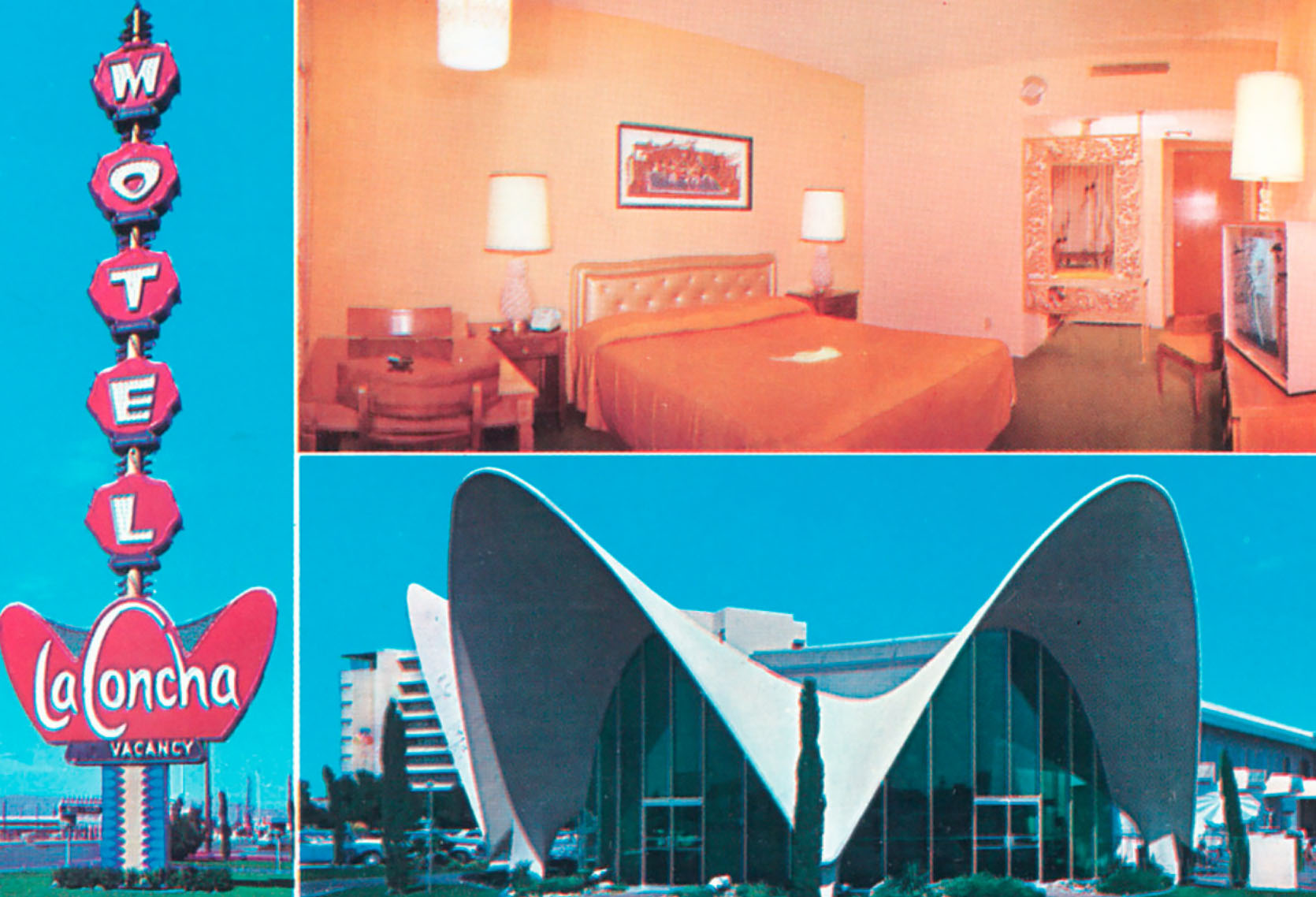
The La Concha motel in Las Vegas
I find out about most of the motels I research from old postcards. My biggest sources are antique stores or eBay but I also use online archives (like the Library of Congress) or Flickr. From there, I try to research if the motel is still around and determine if it’s still in business and what it looks like now so I can compare it to the older photo/postcard I have. I’ve taken many of my “after” photos myself or I use Google Street View. I occasionally reach out to photographers to use their photos, if the property has already been demolished.
I honestly don’t spend that much on the project and usually try to squeeze my explorations into trips I’m already doing. For example, I went on vacation with friends this past week. I did some exploring while I was there and visited a few abandoned motels. I didn’t have to book a separate trip or go out of my way to do this, since I had already researched the town we were in and knew exactly where to go. It only took about an hour out of our trip to do this and didn’t cost any extra money.
Many of the motels we have left are architecturally unique, or have historical significance. When they’re gone, they’re gone forever and can never be brought back. Preservation is one of the best ways to transmit our understanding of the past to future generations. Motels of the past pinpoint a very unique time in American history, which I think is worth remembering. I’ll continue researching and posting until I run out of motels or until I don’t enjoy it anymore.
New and best
